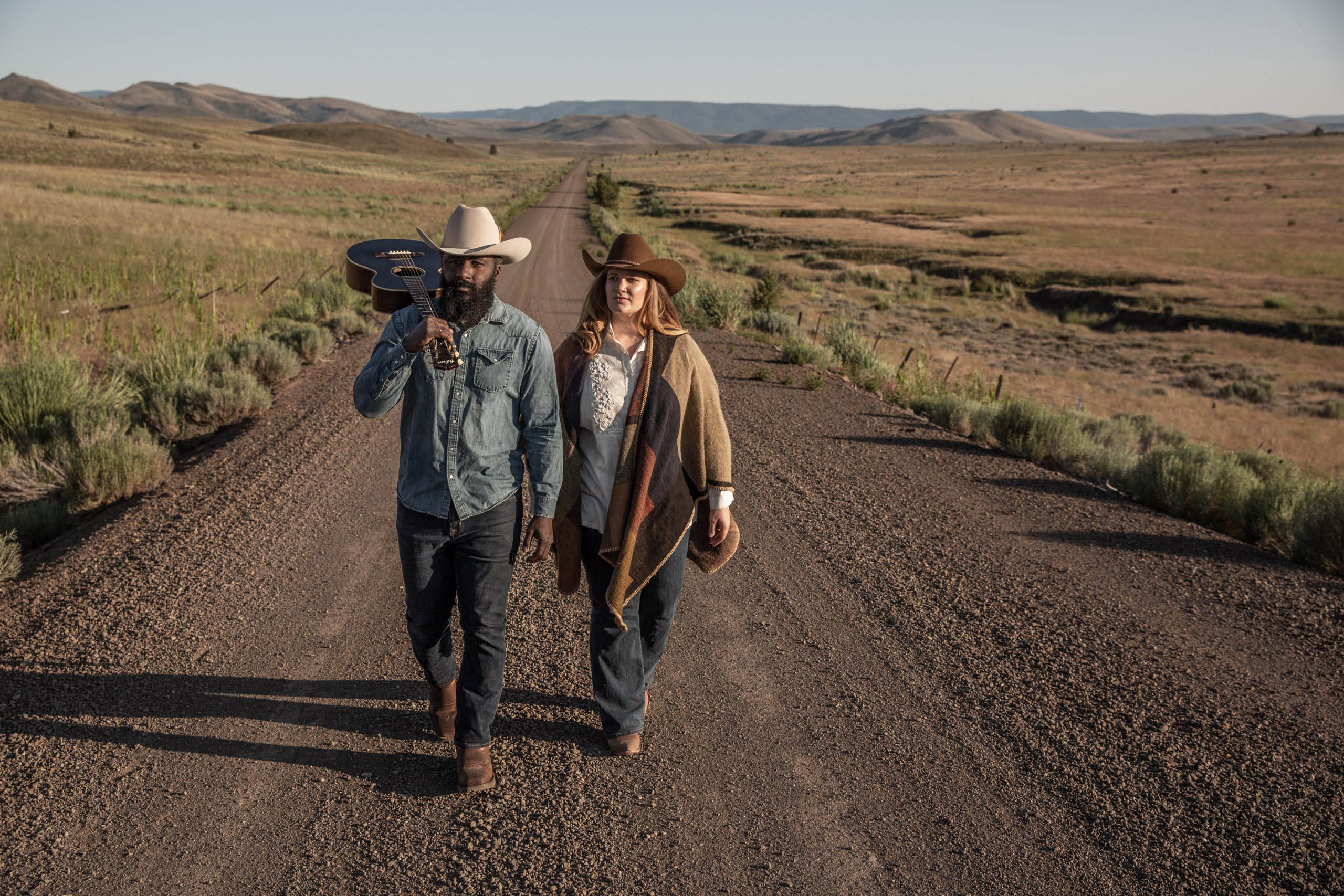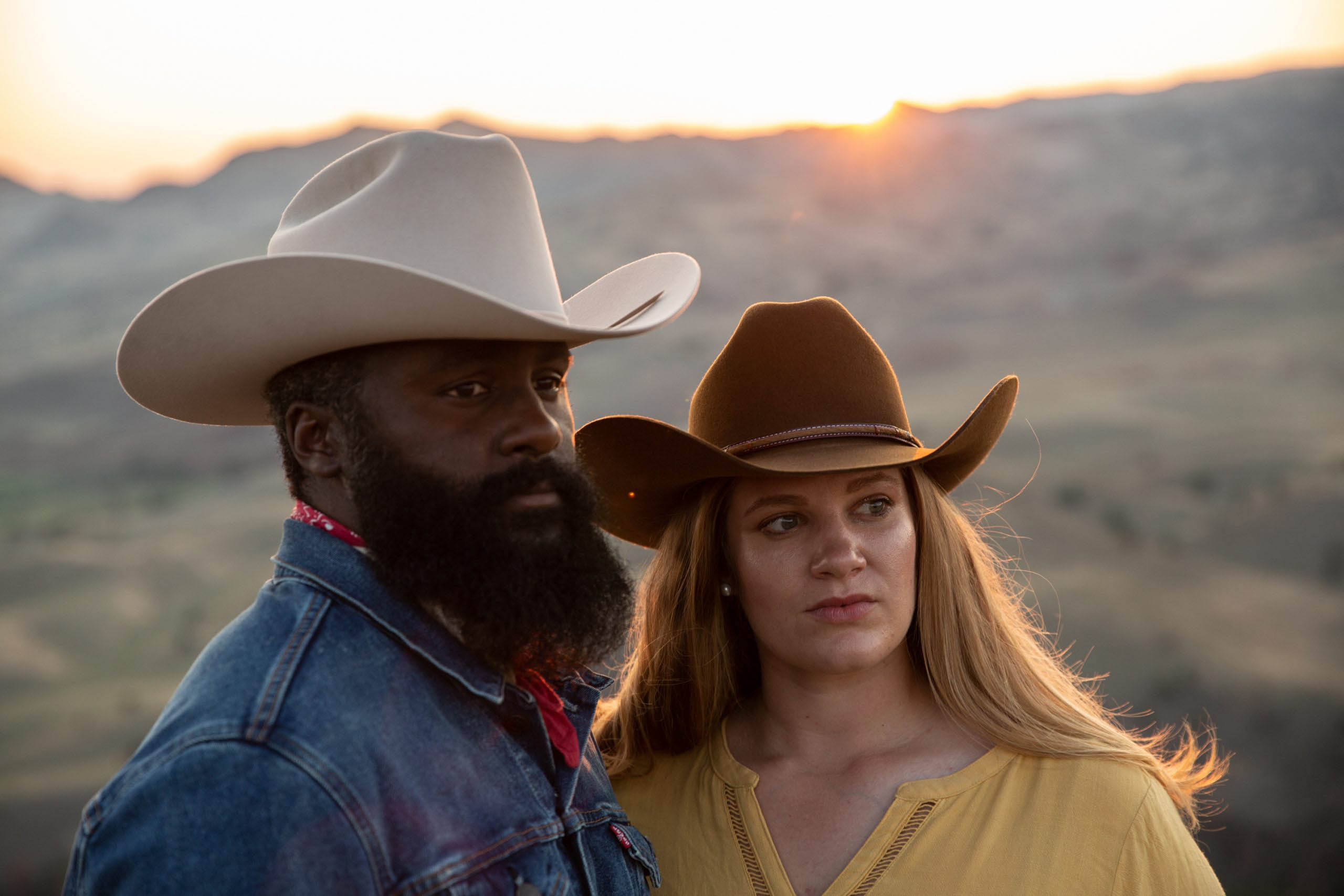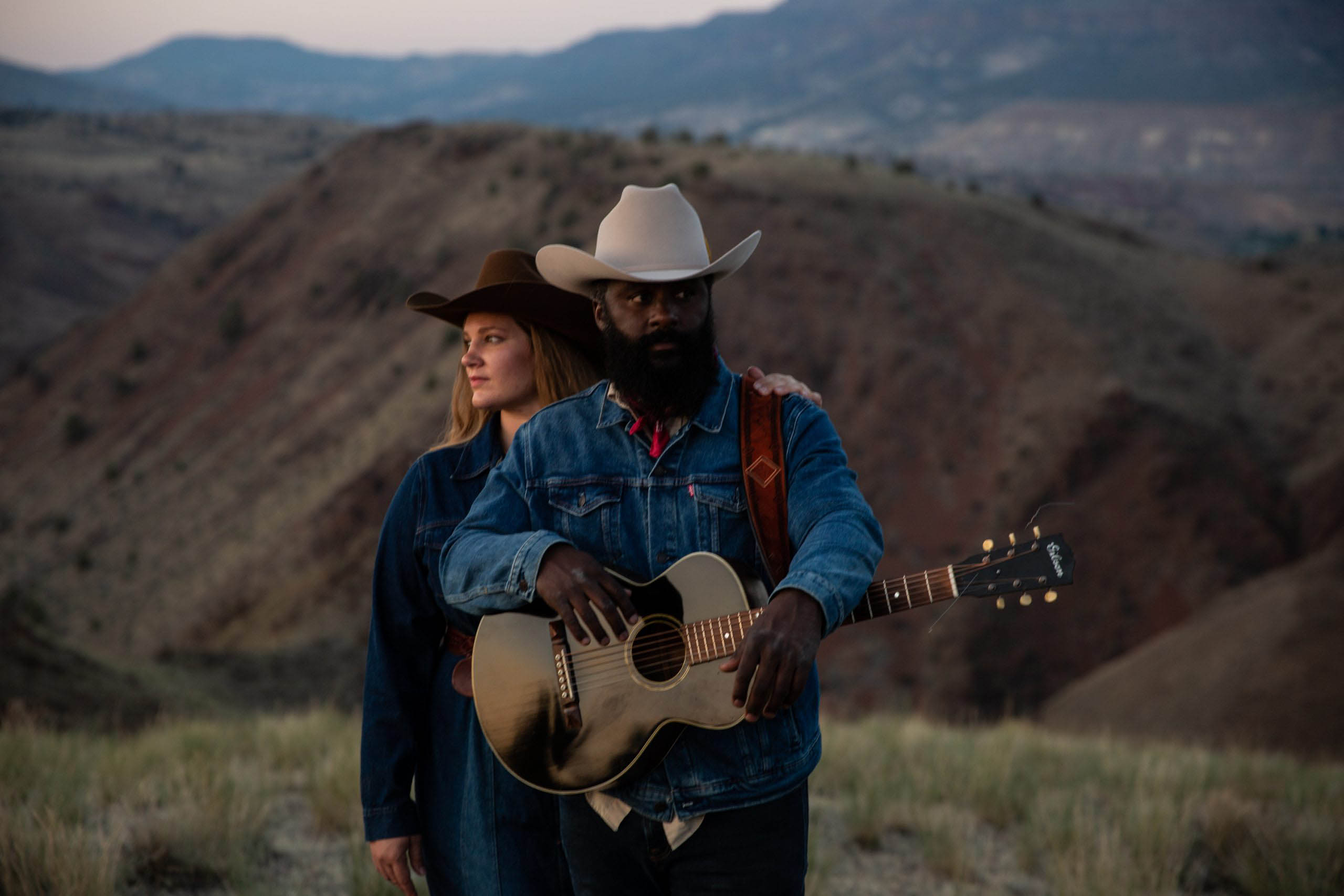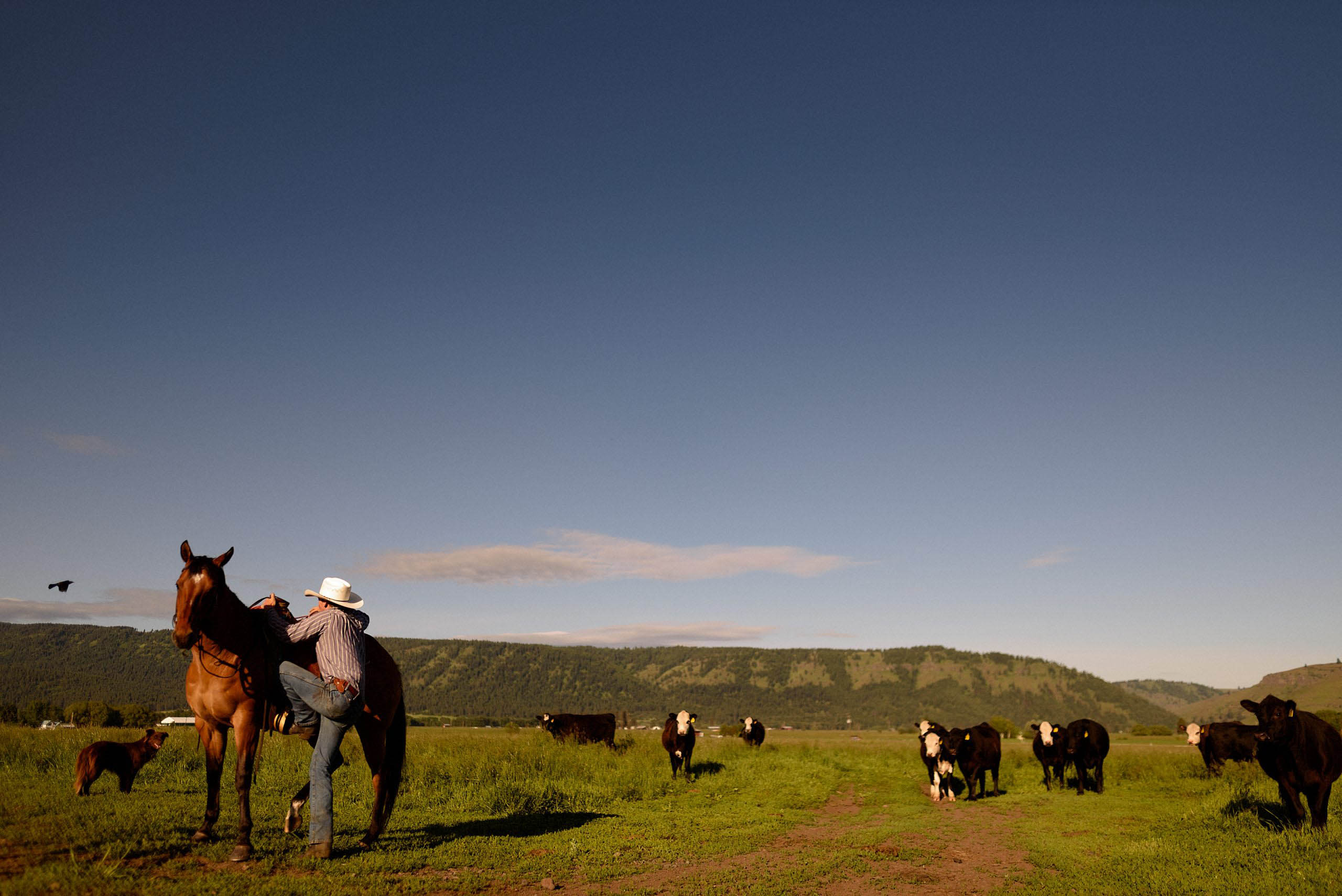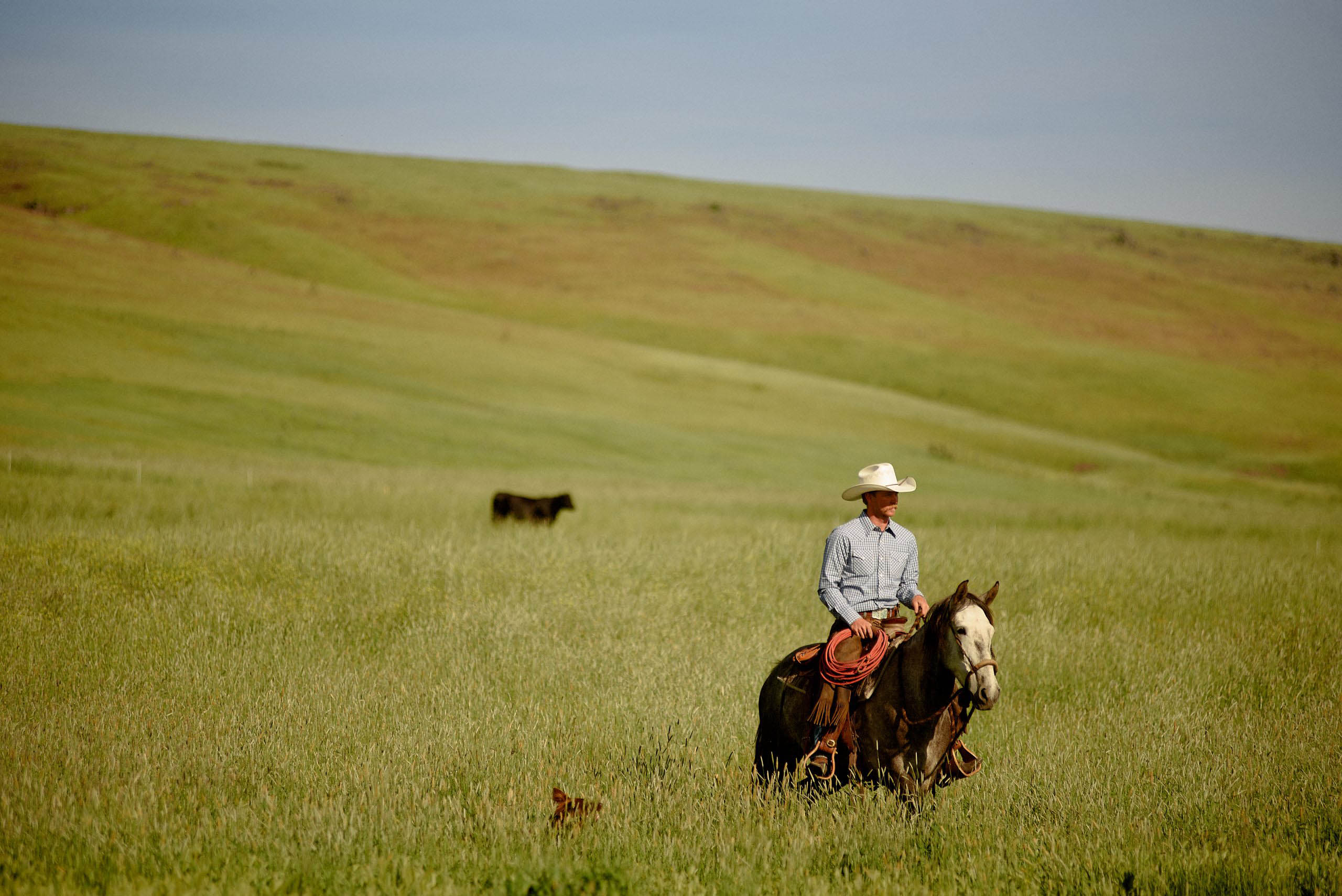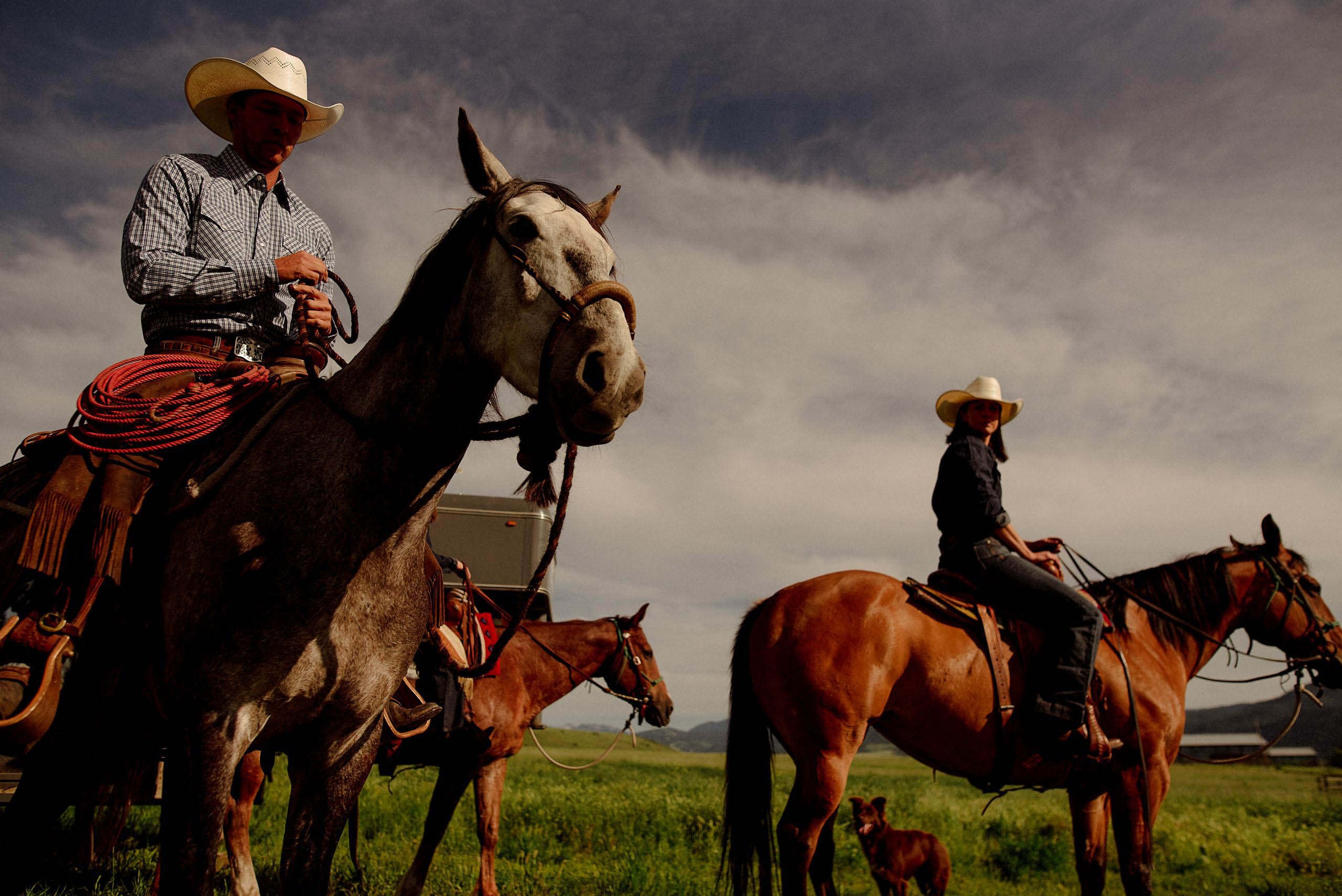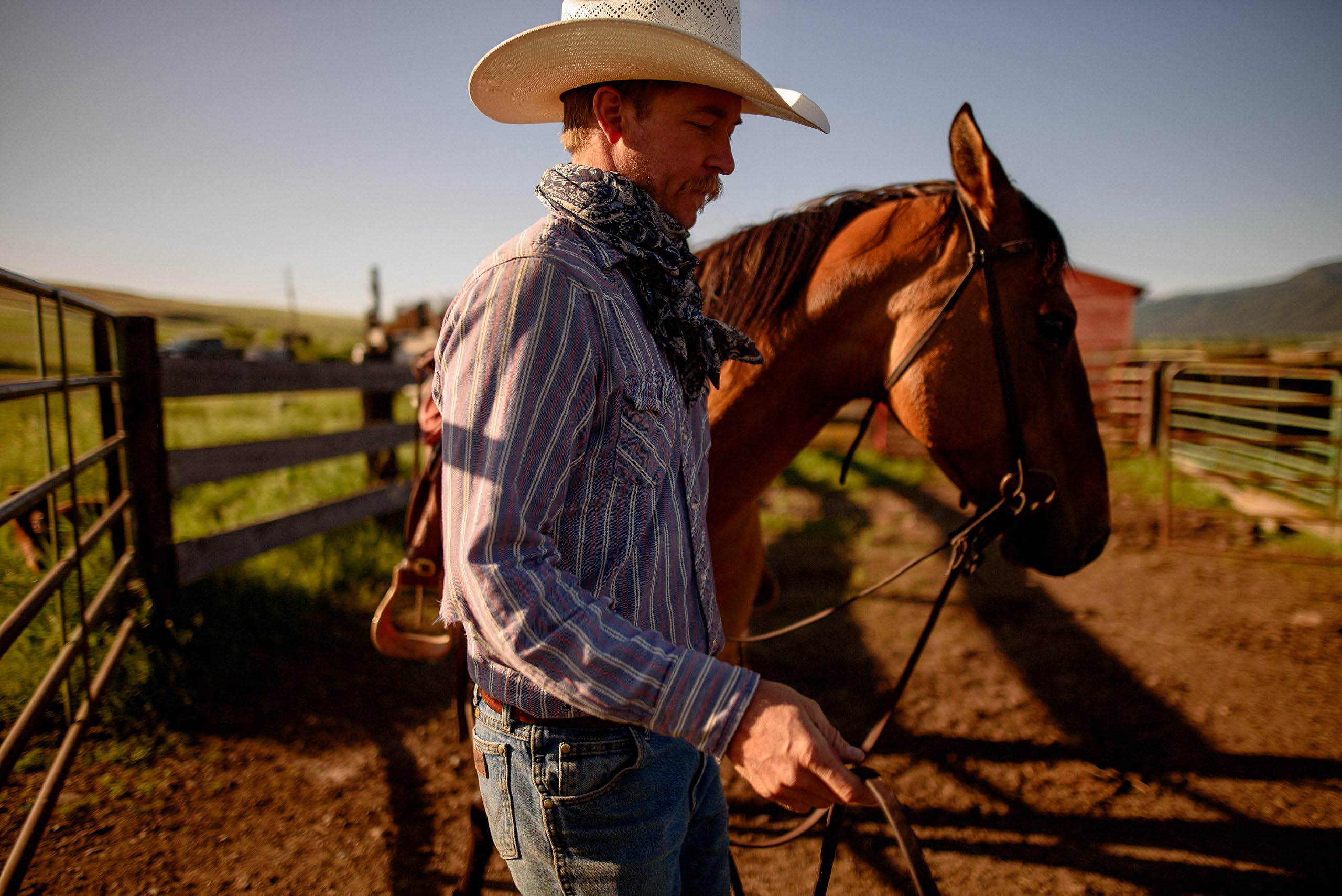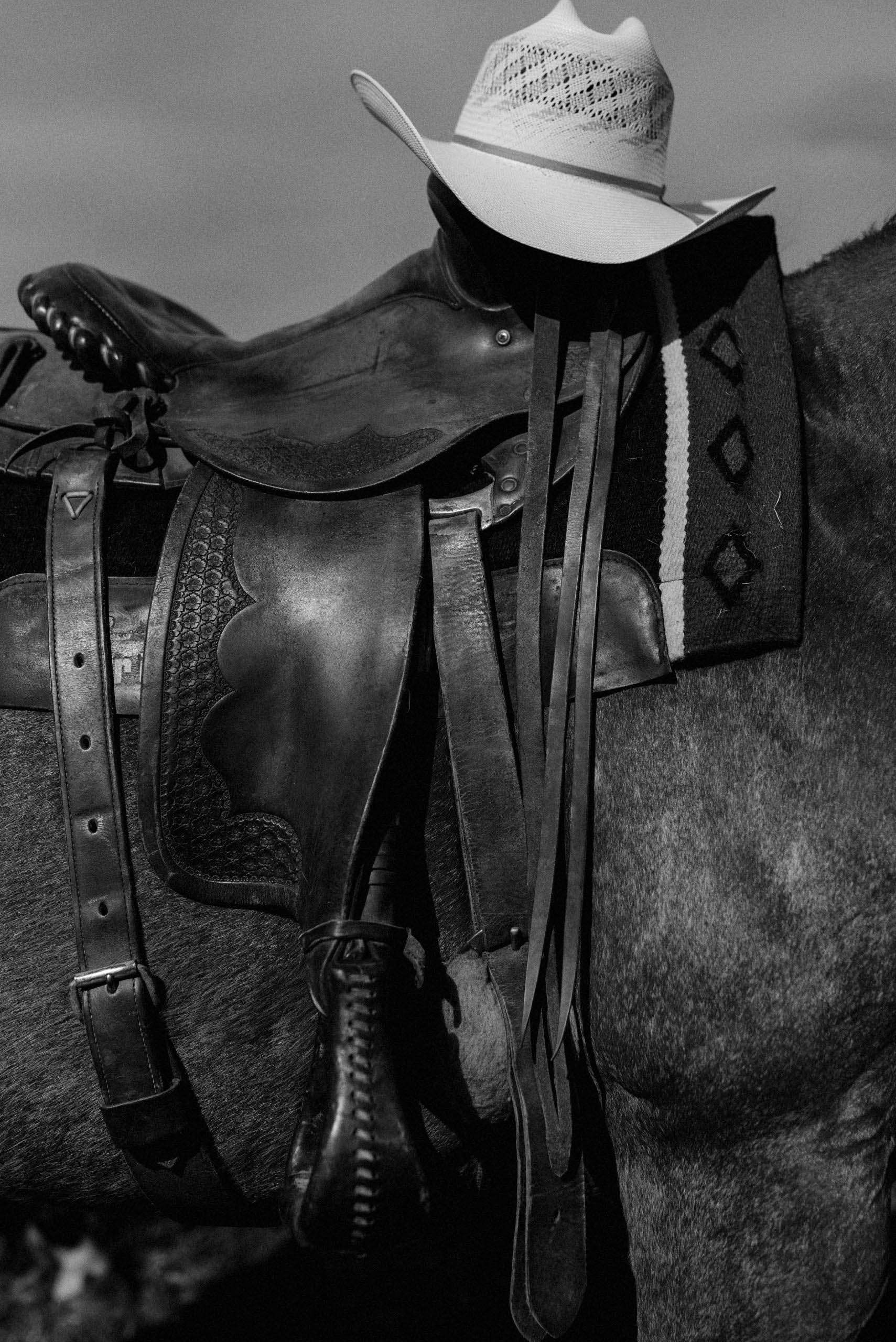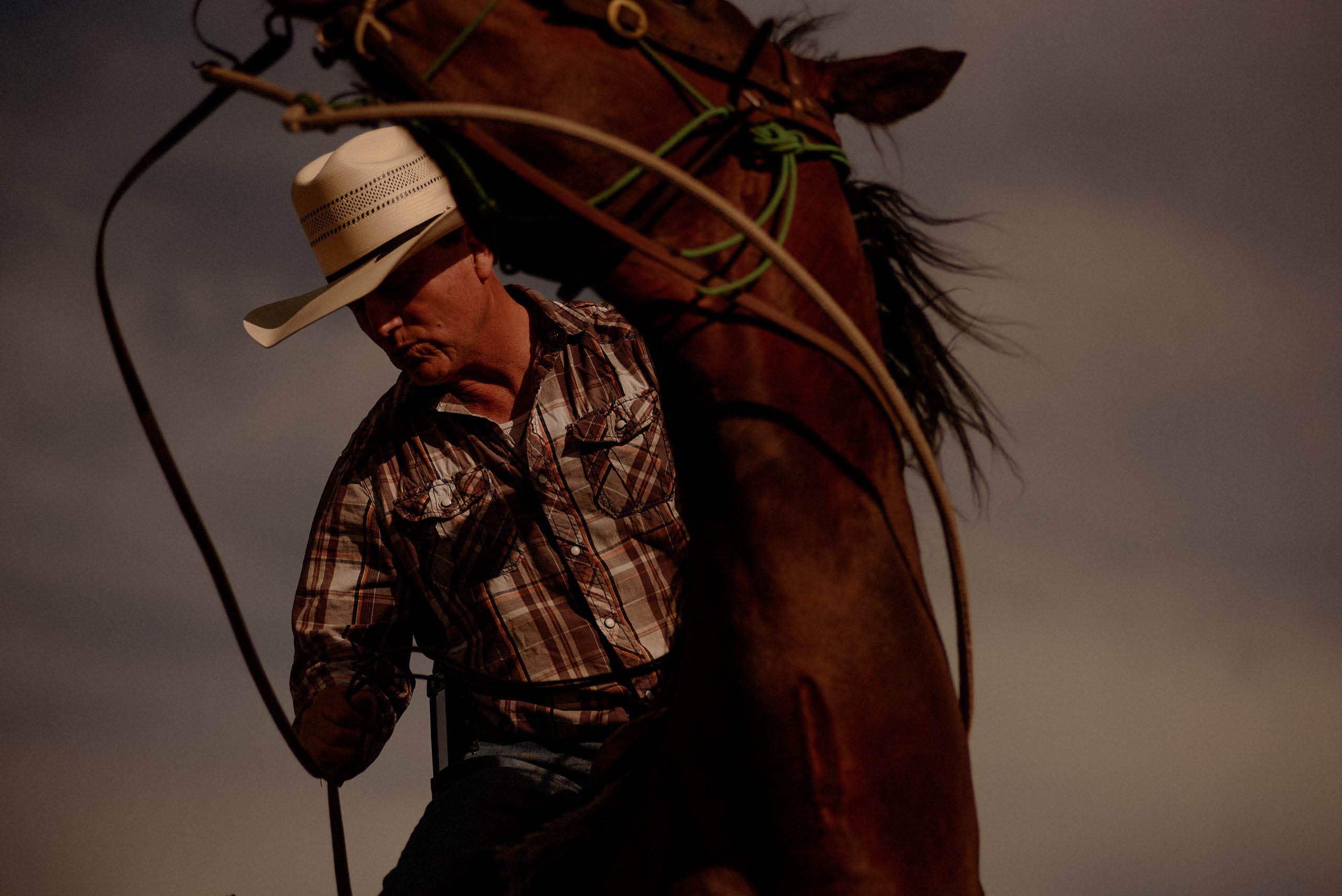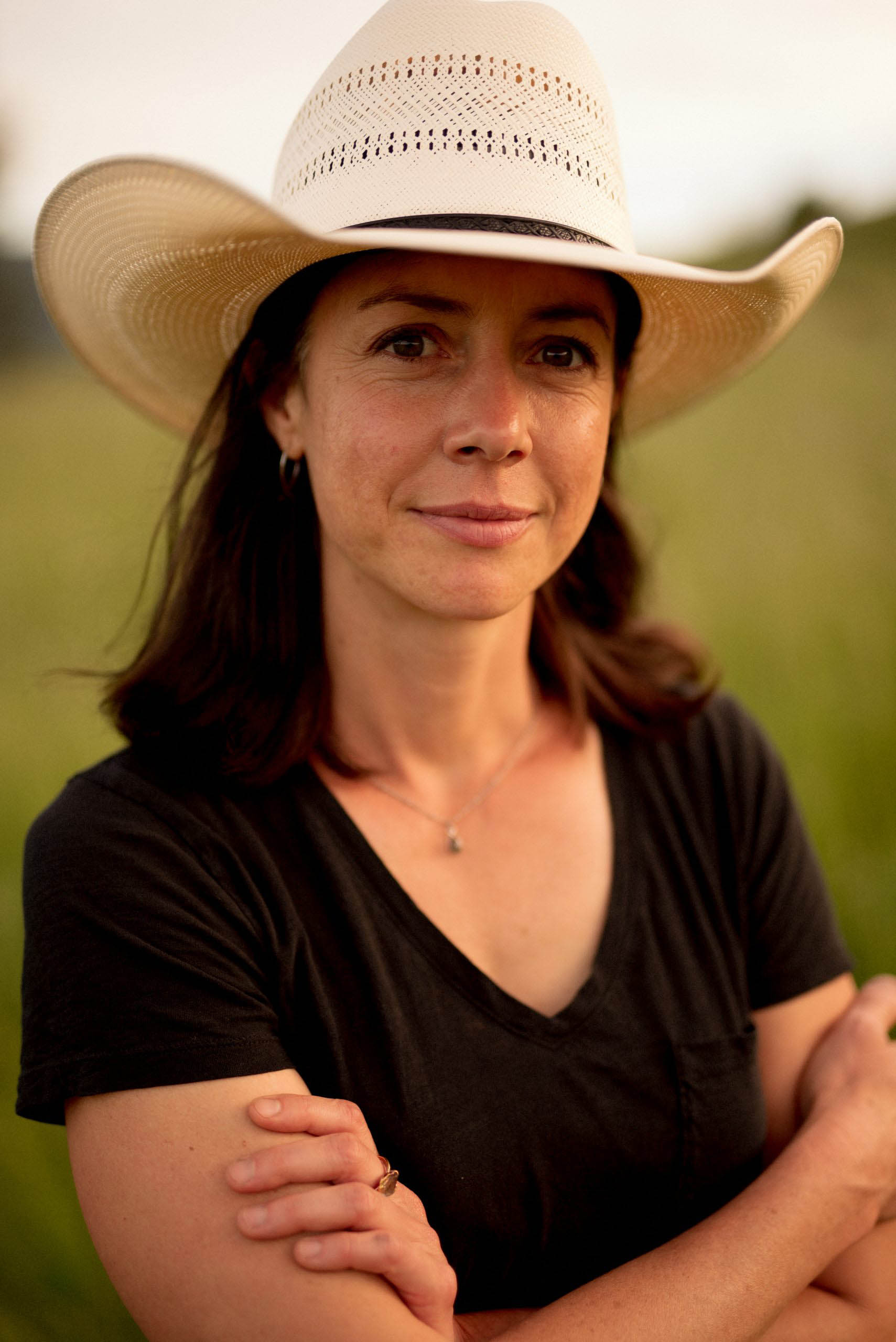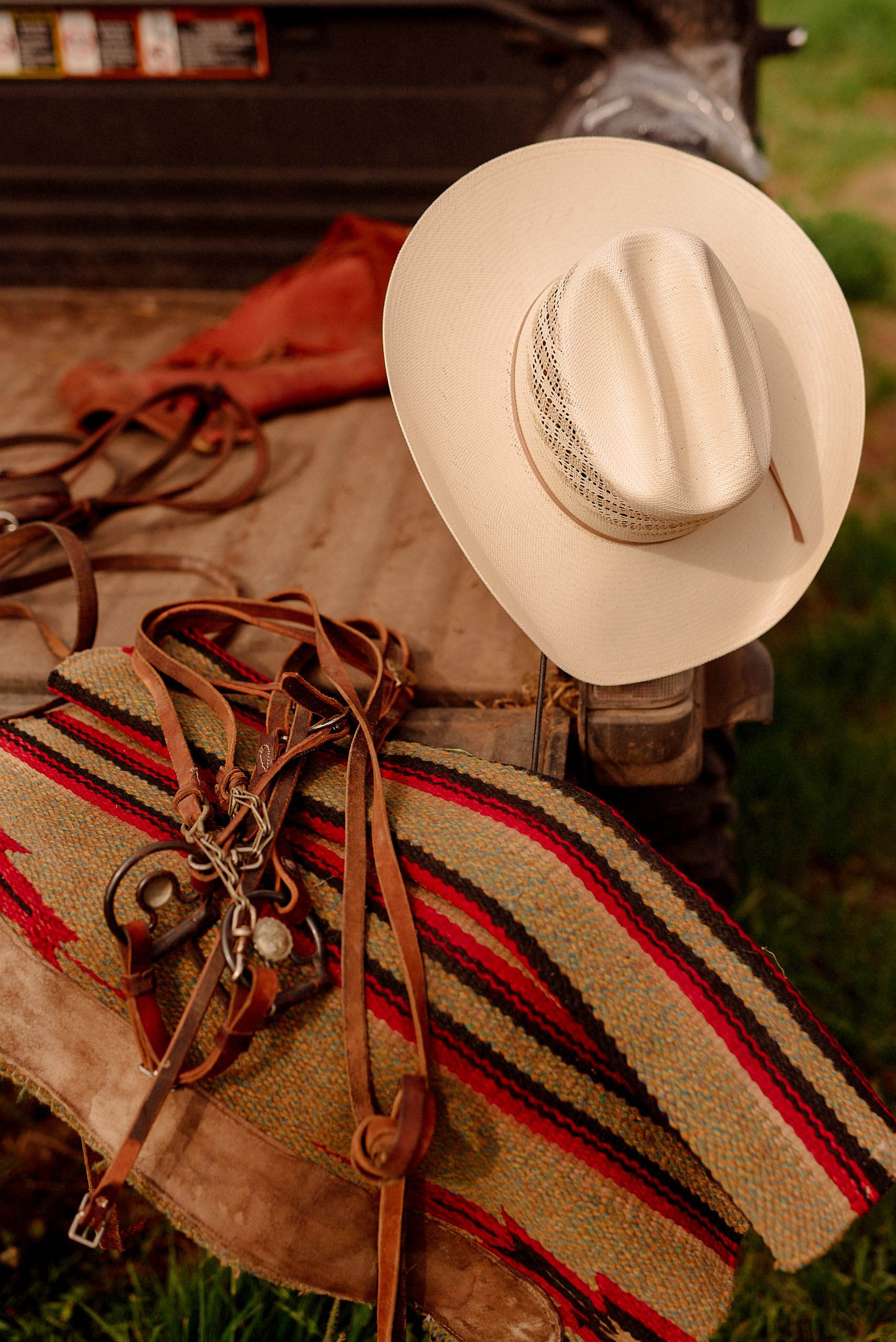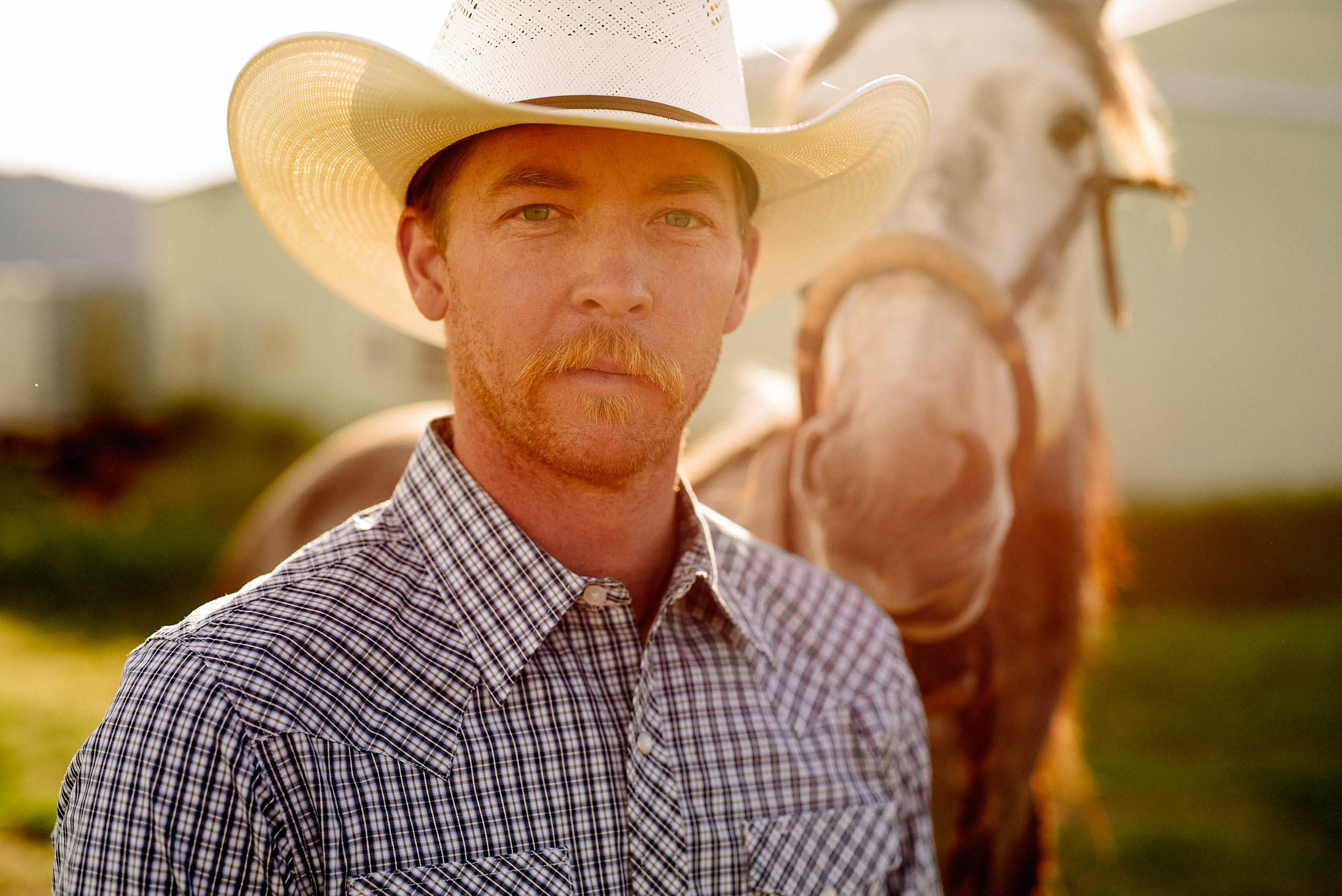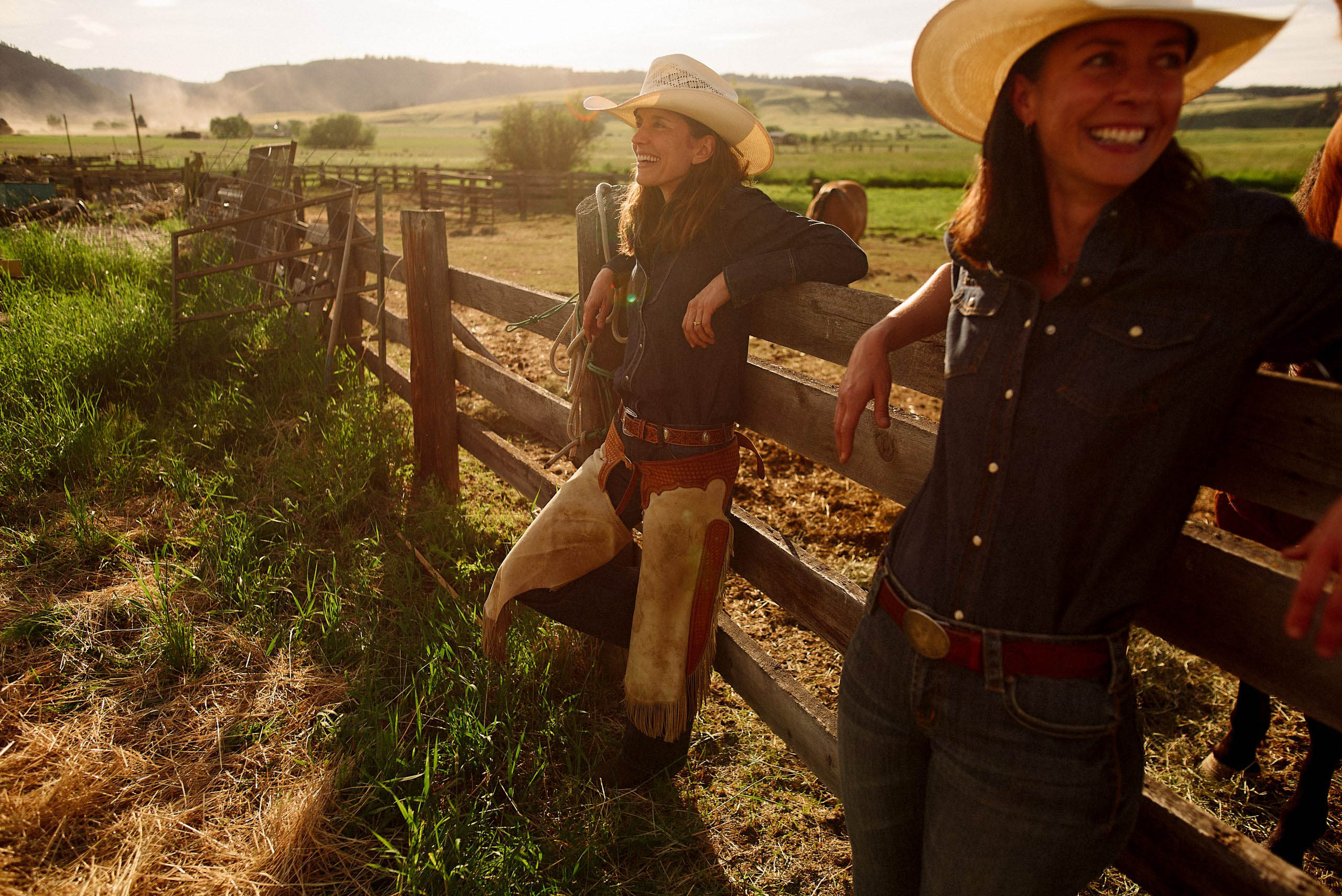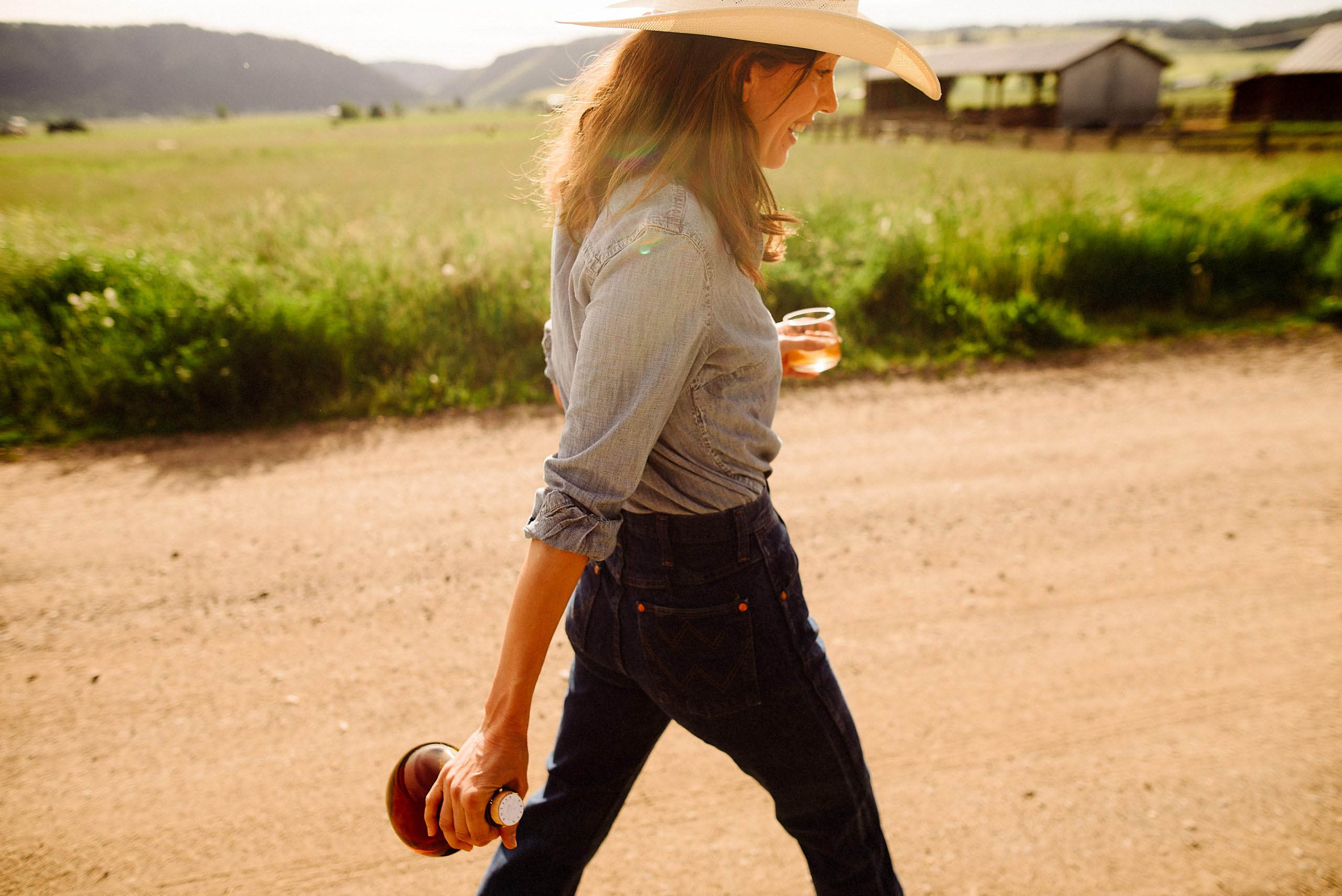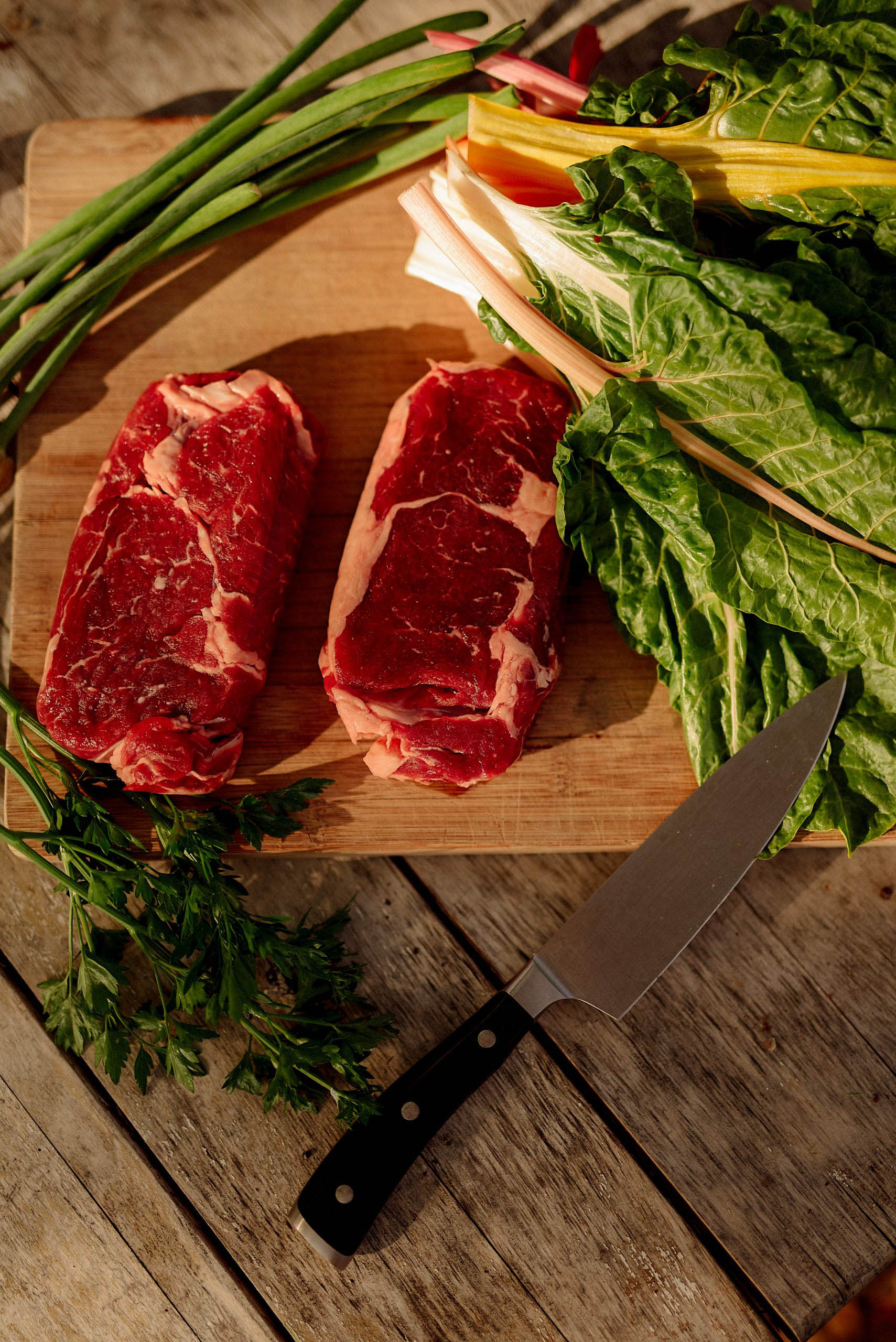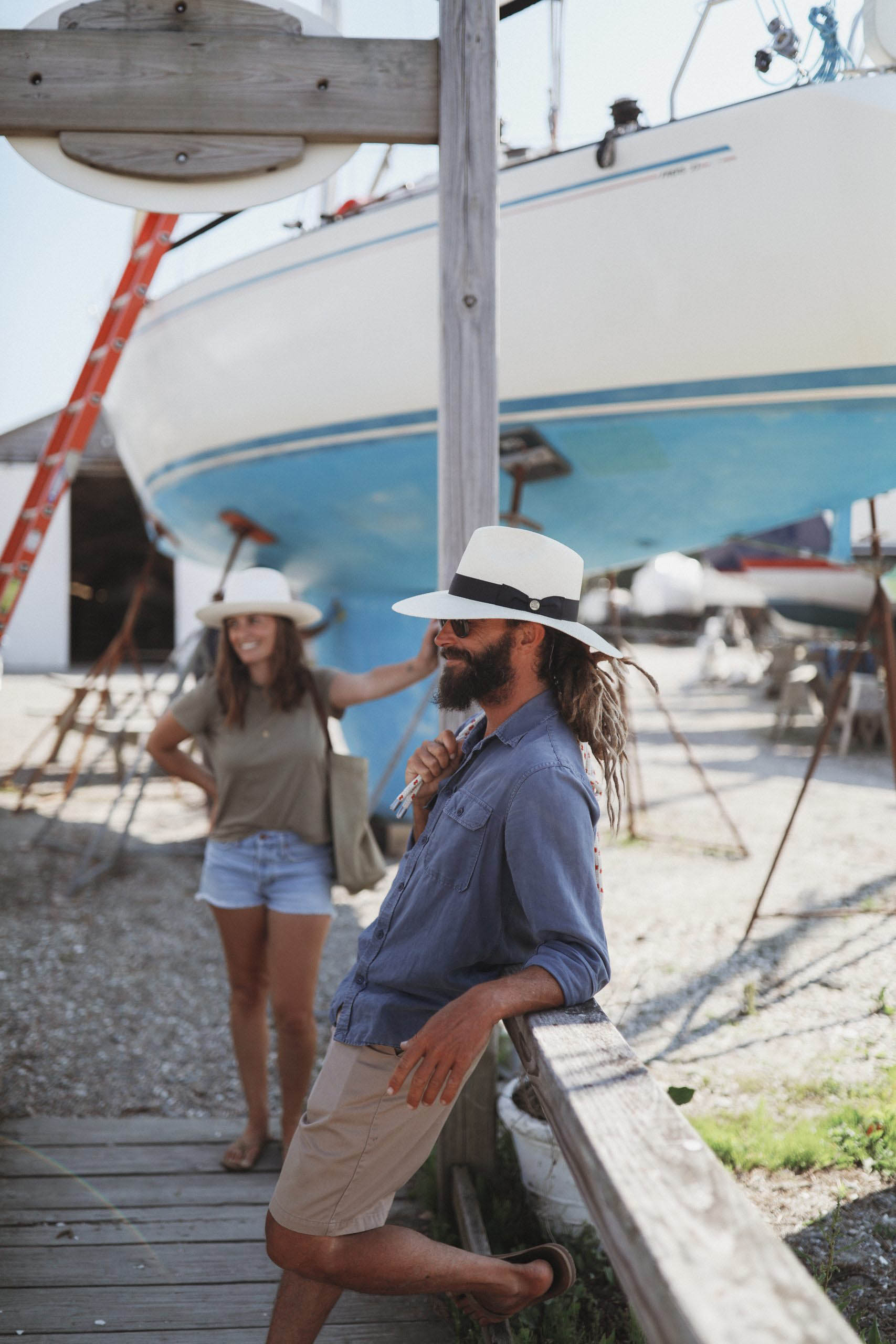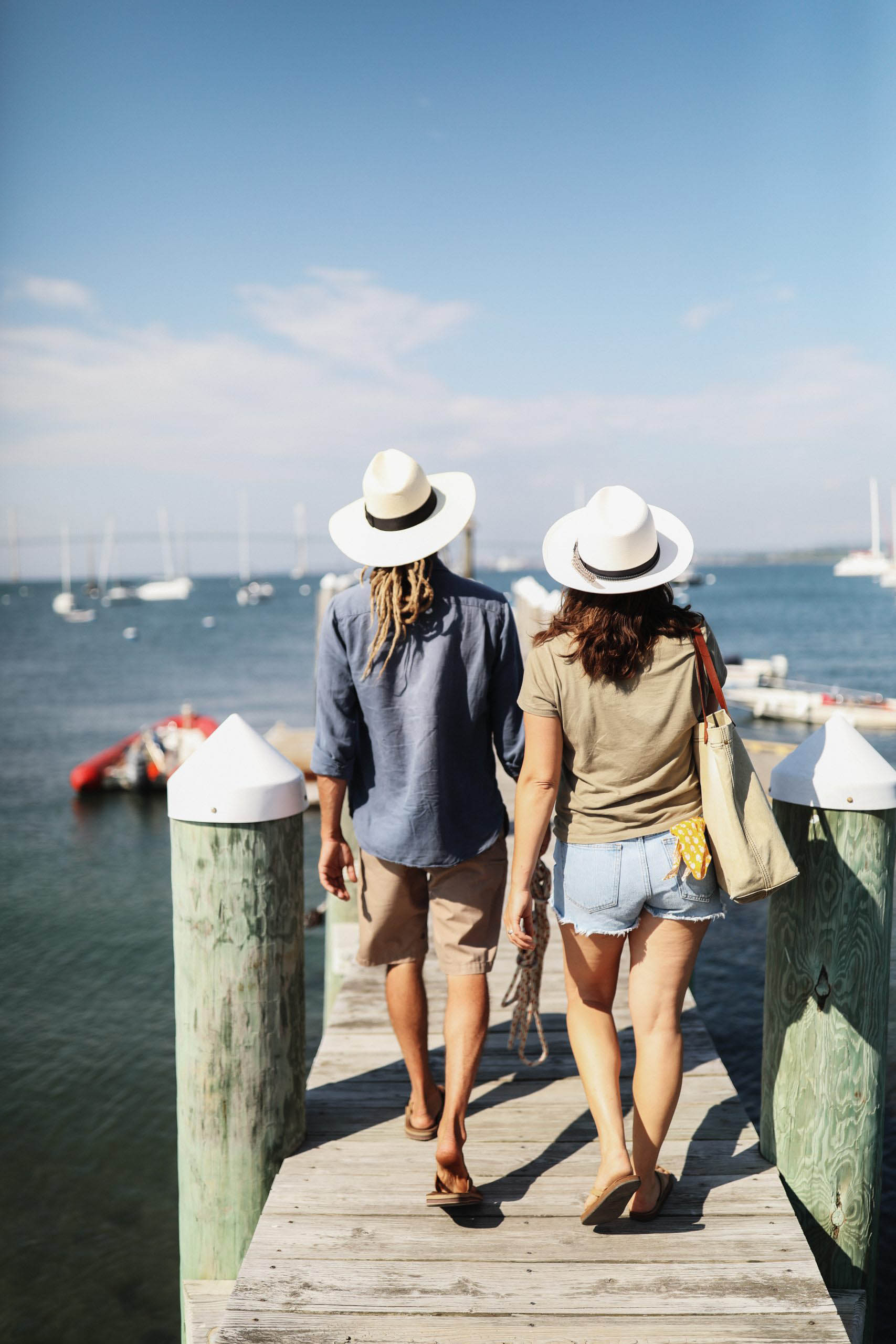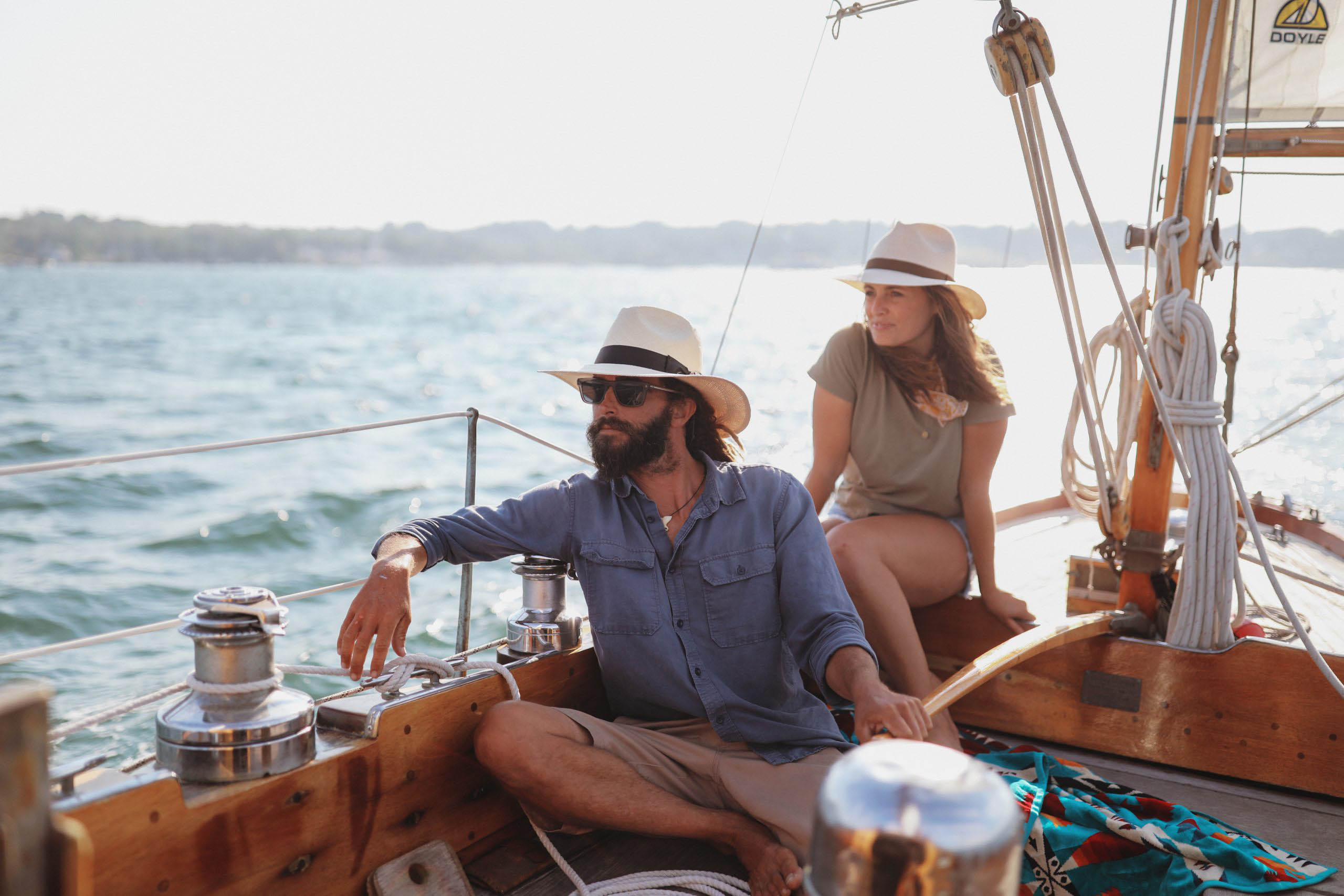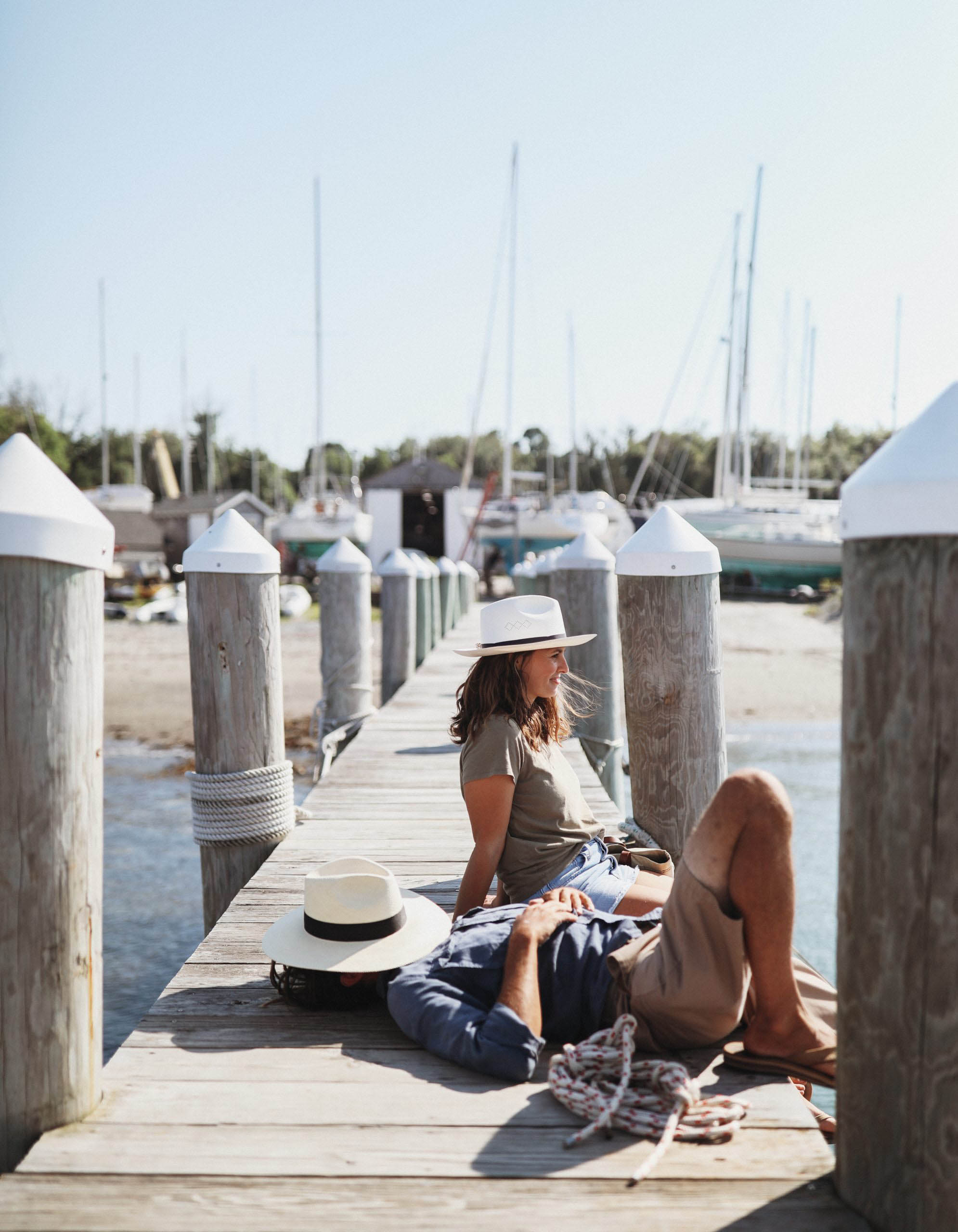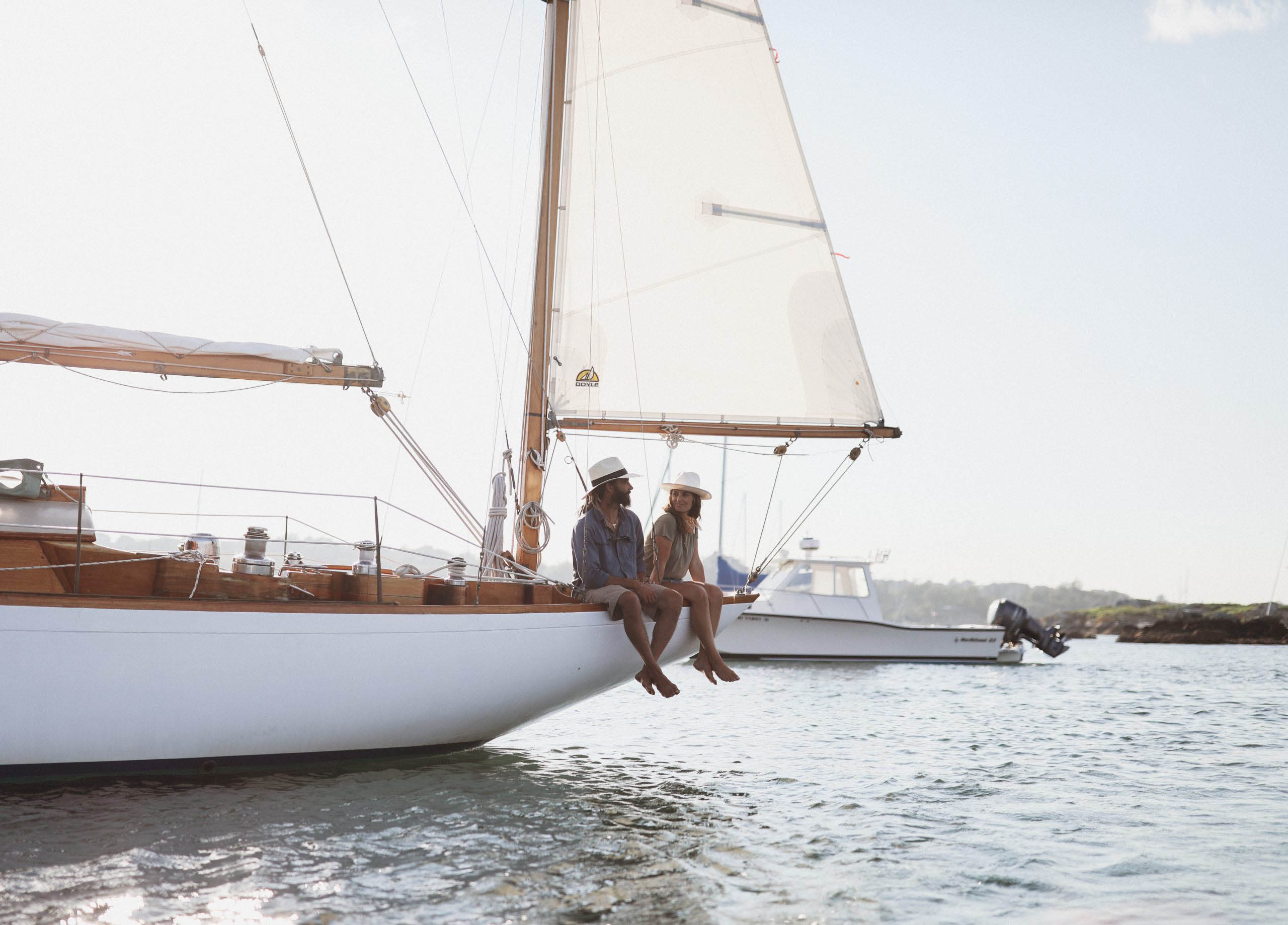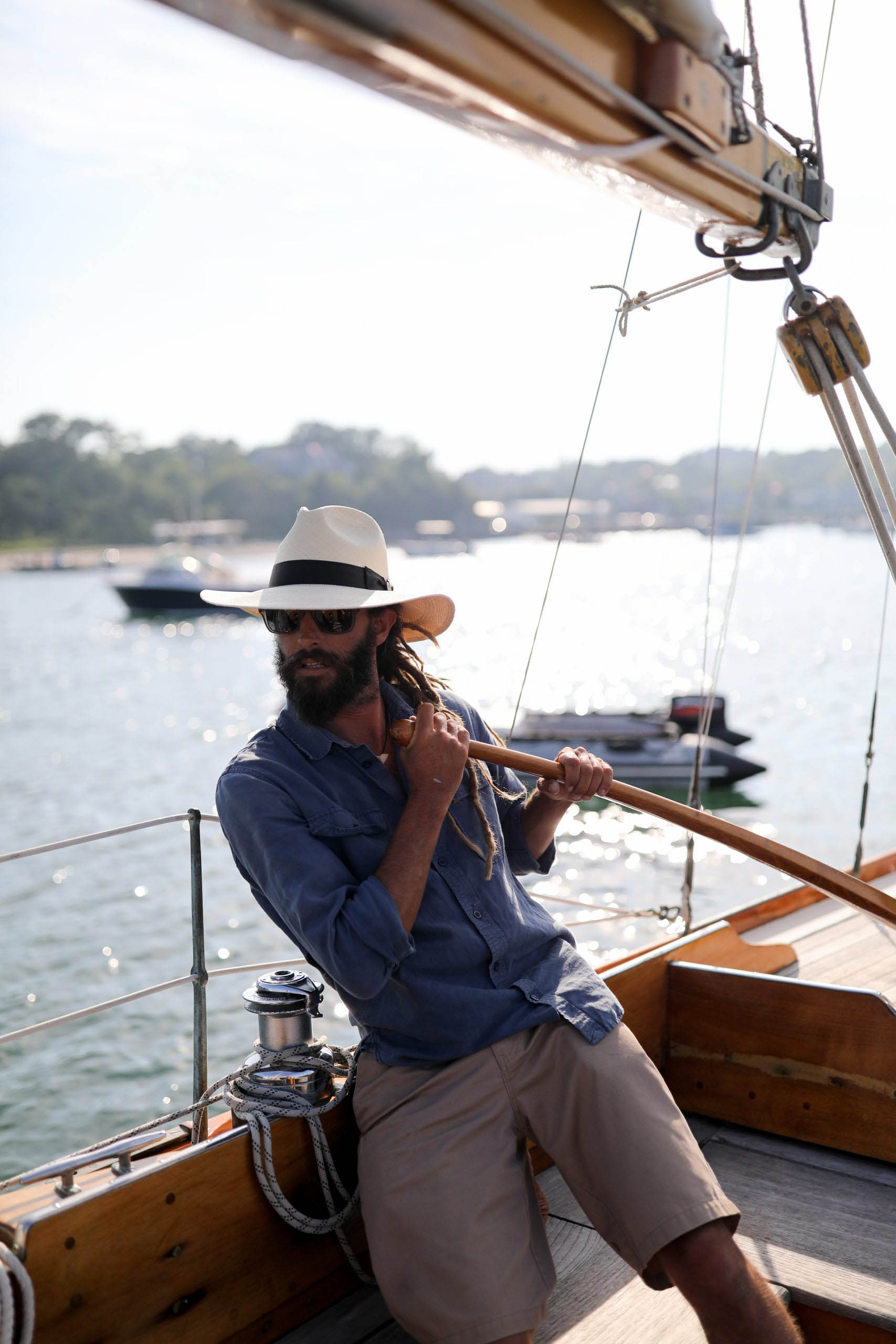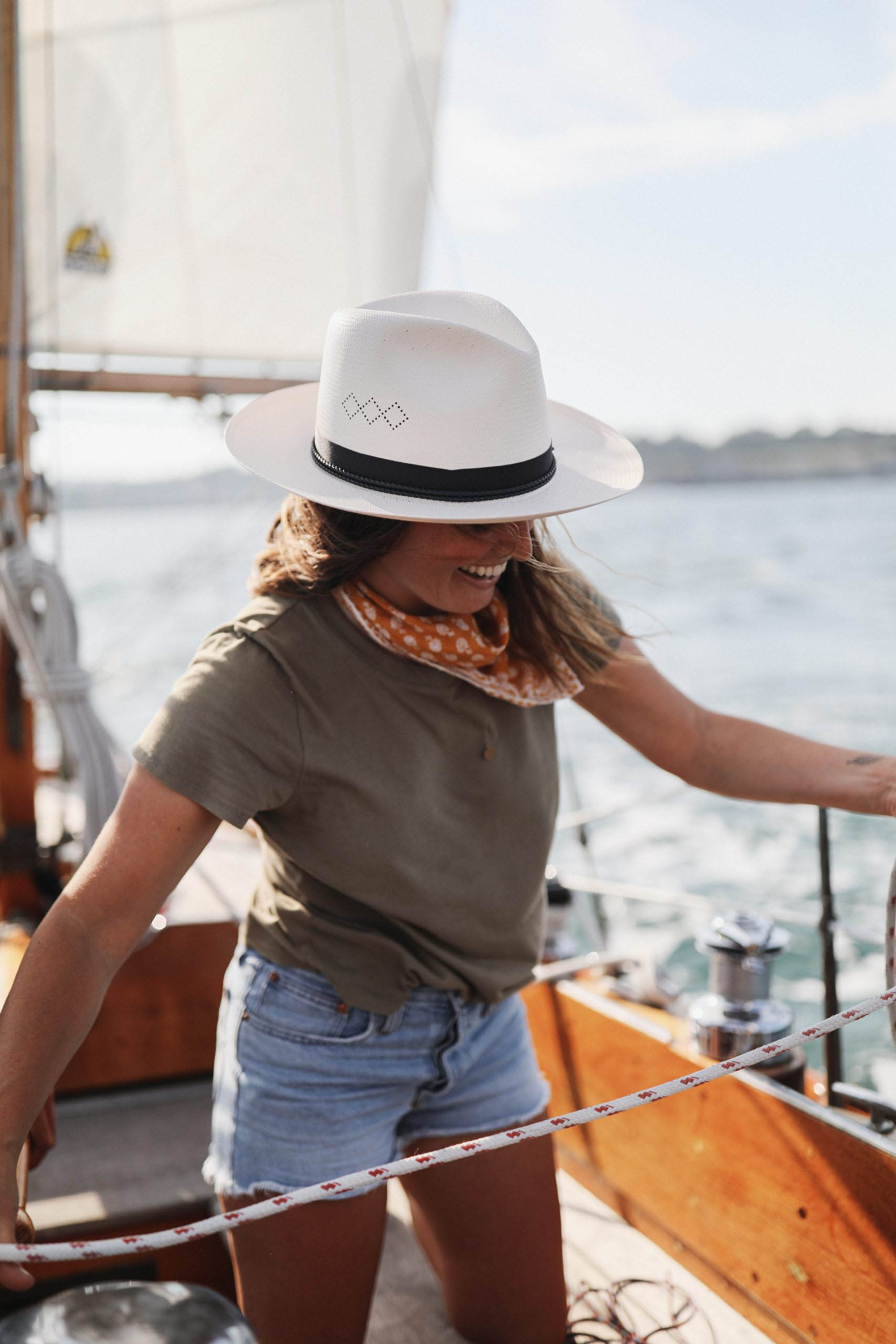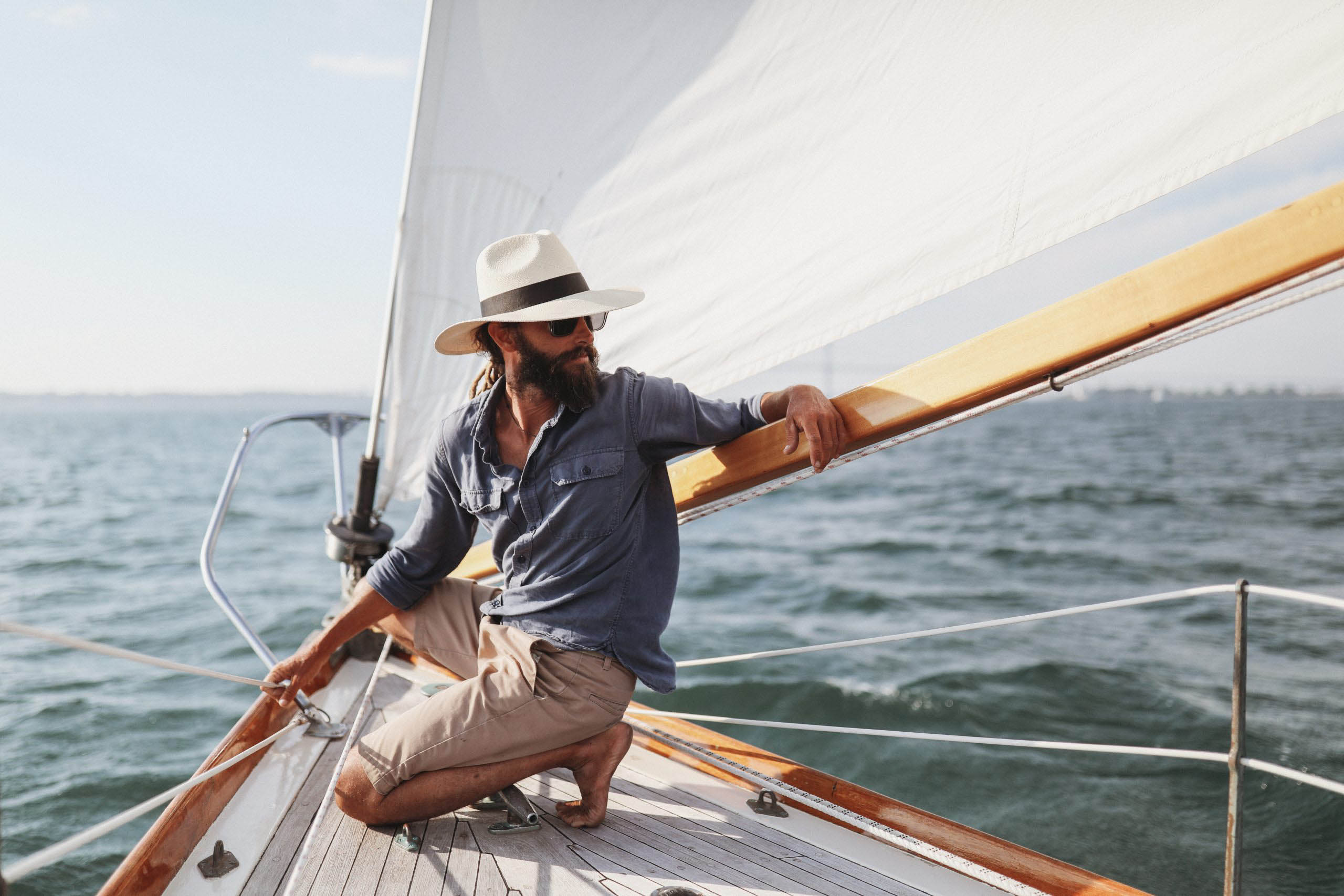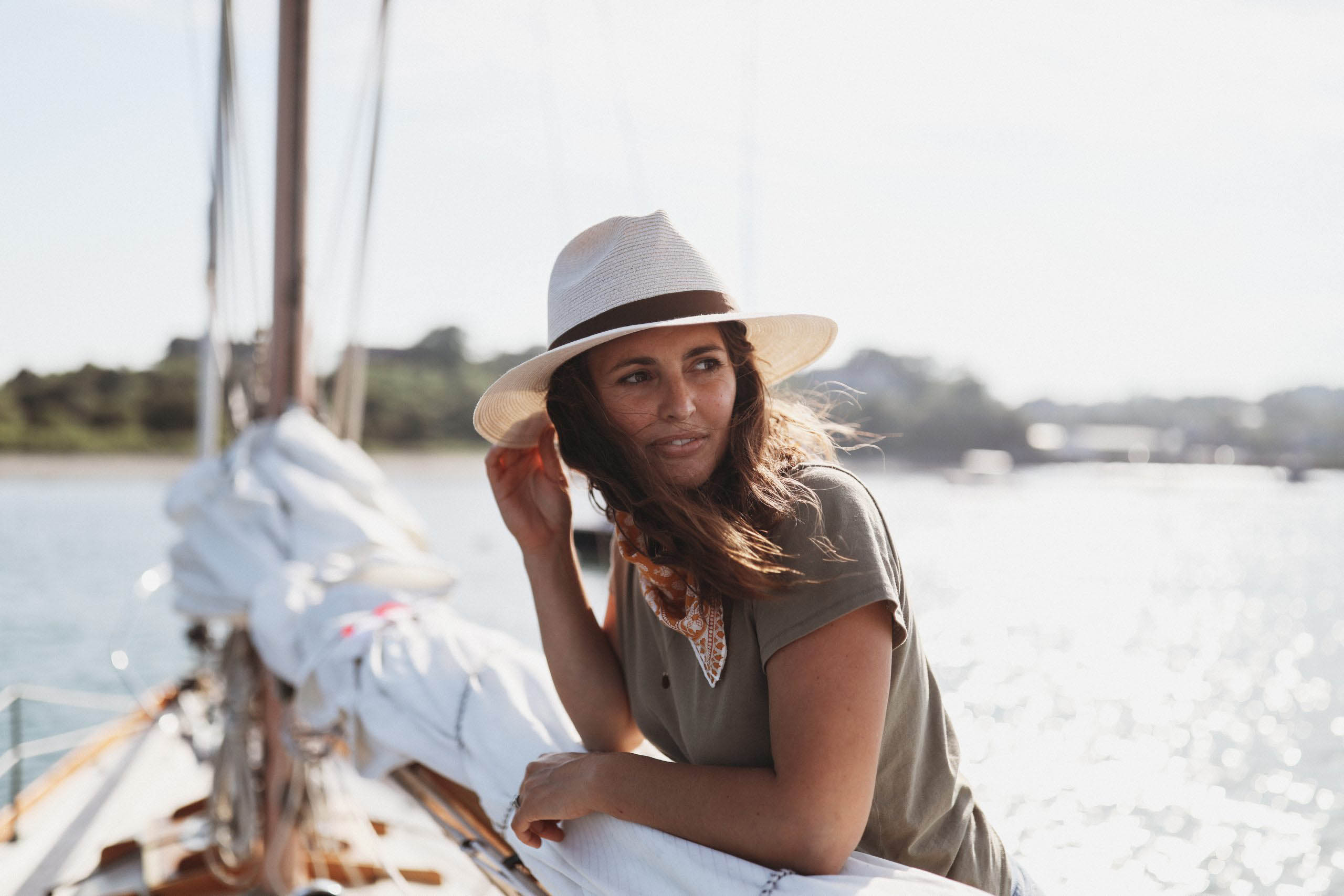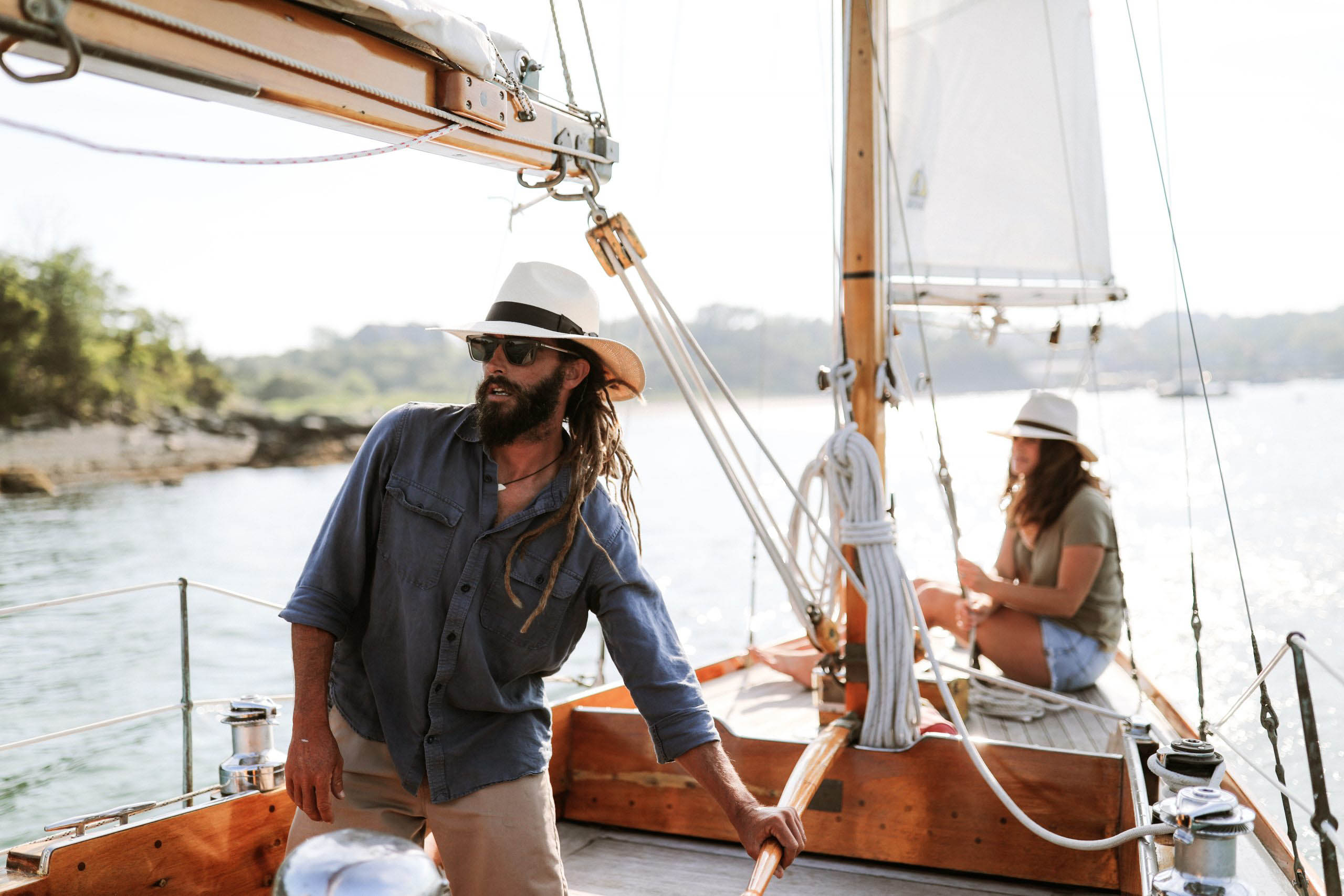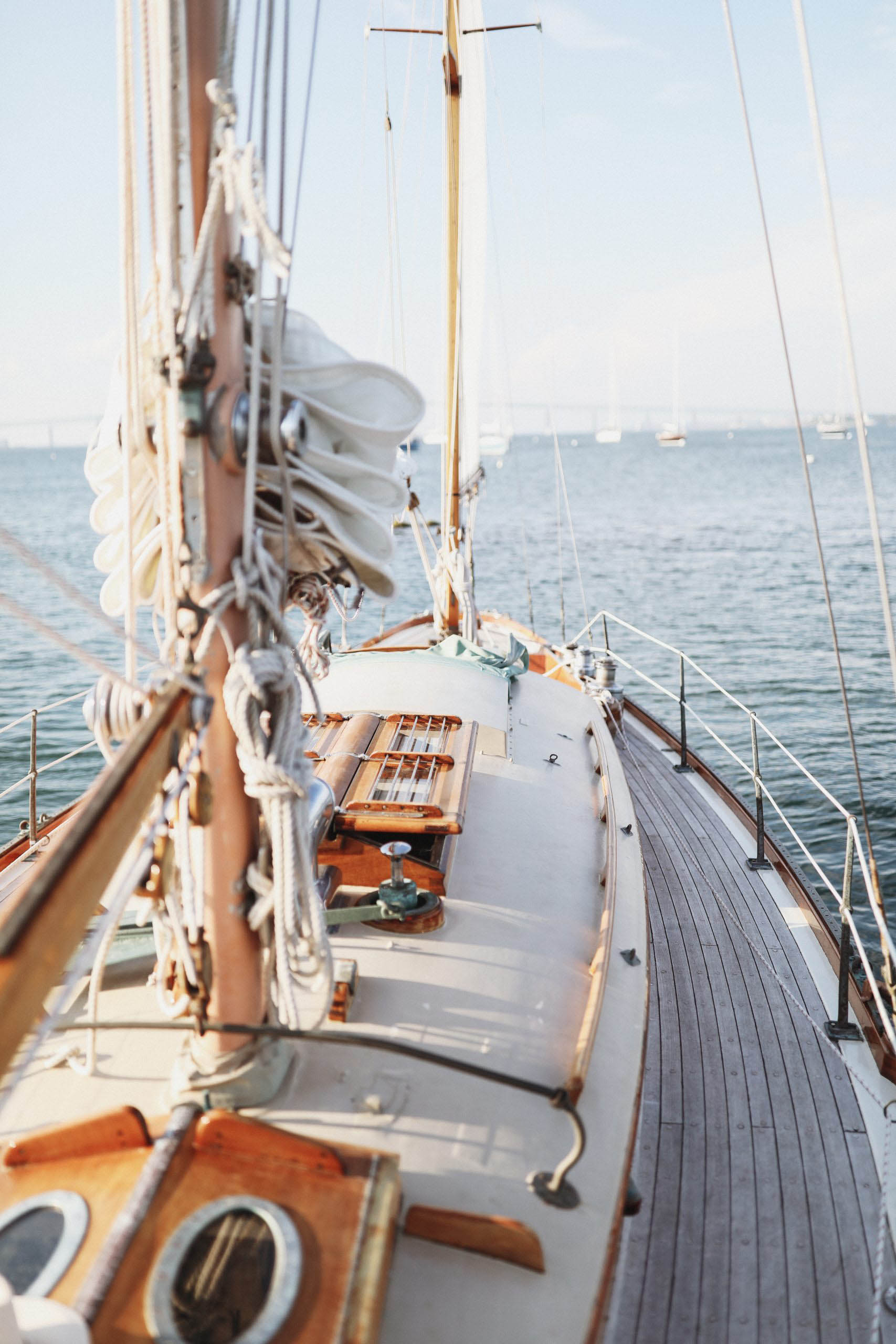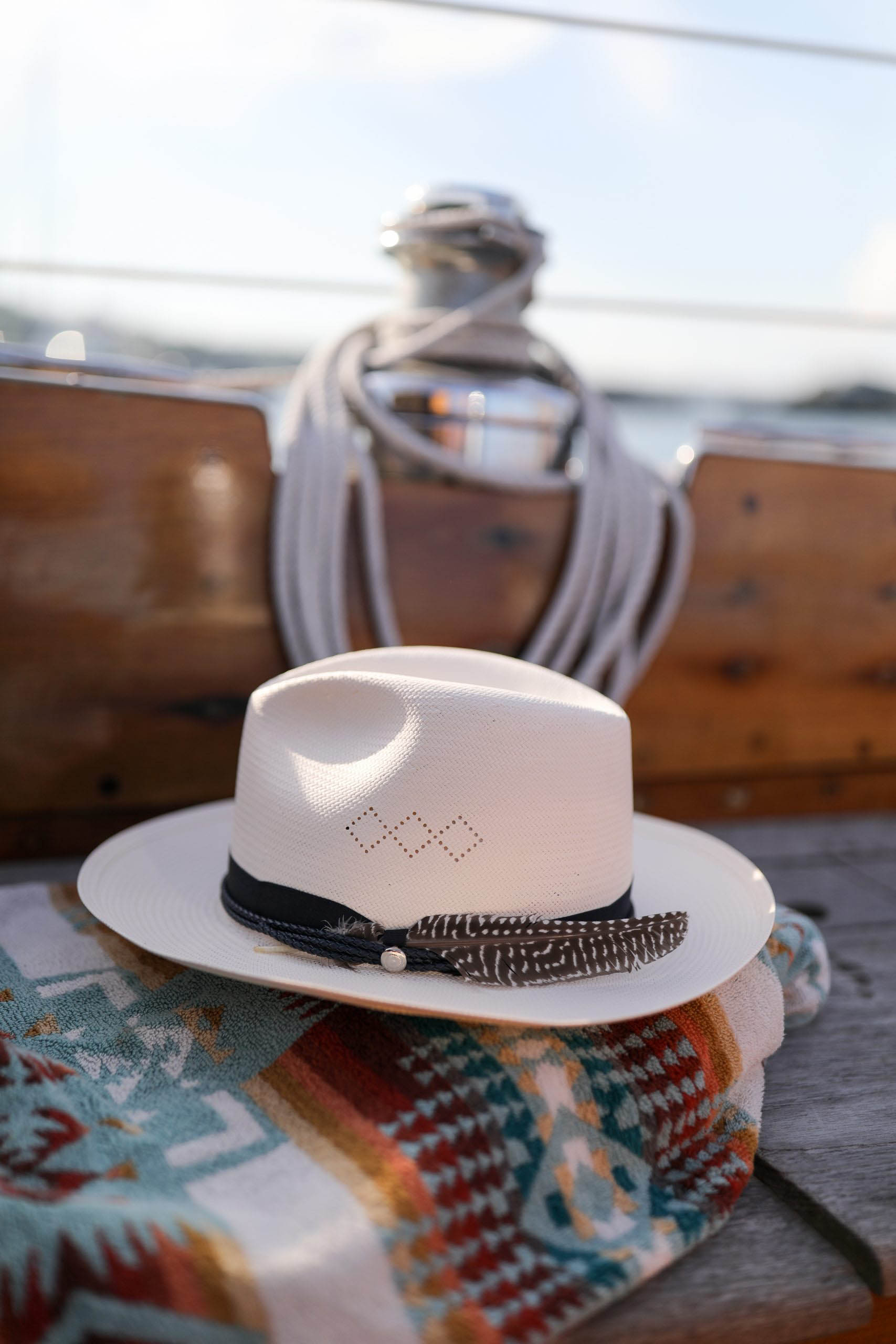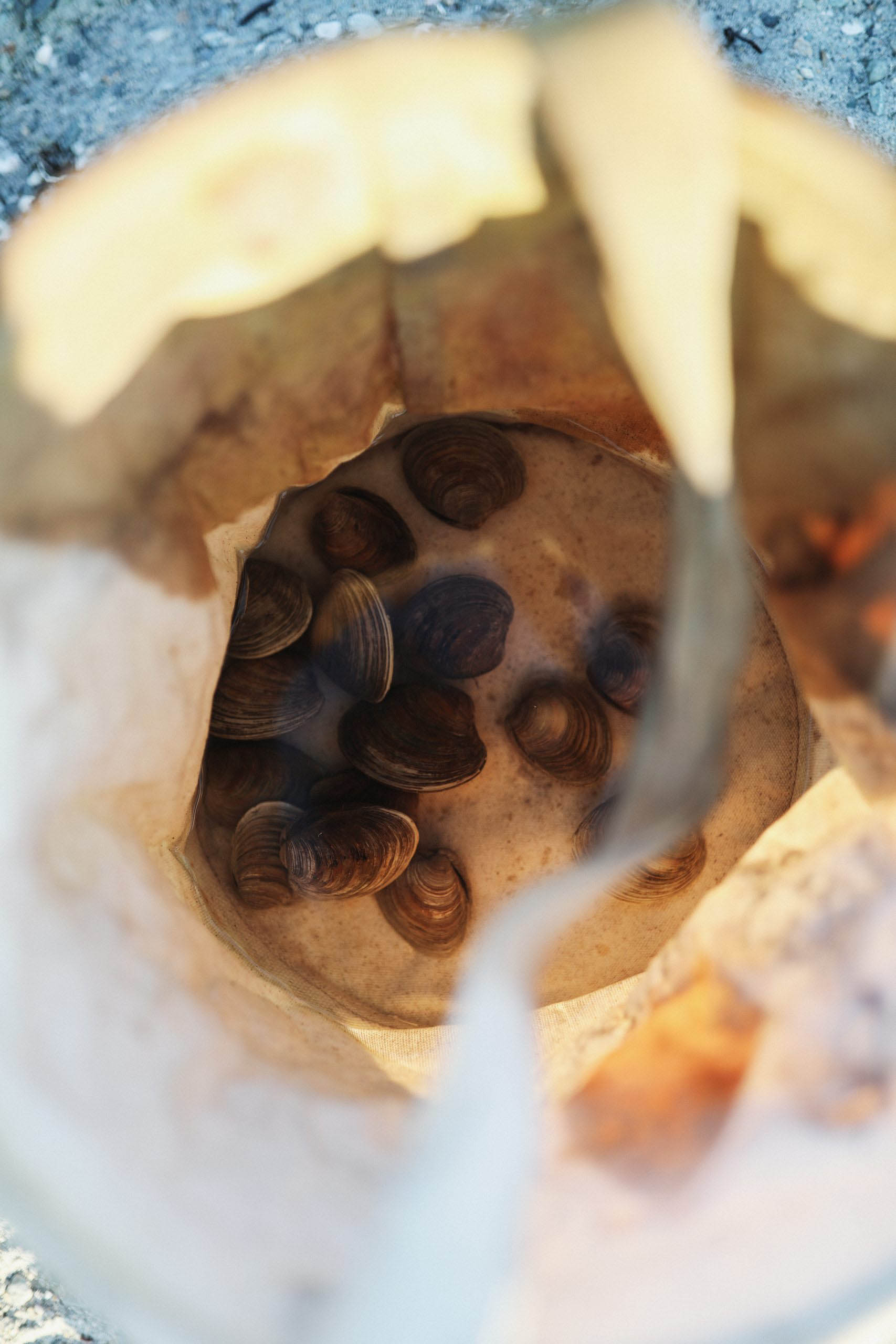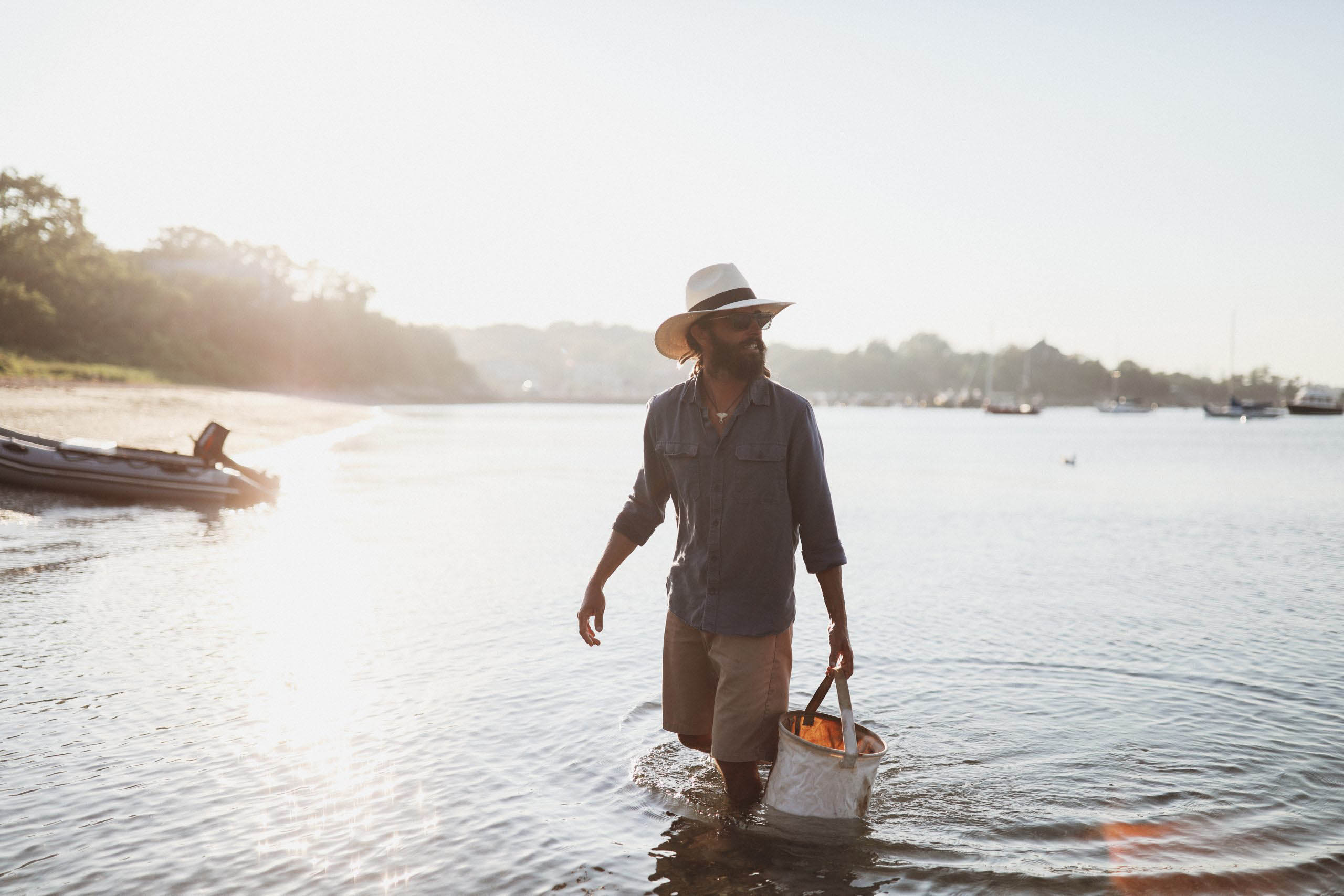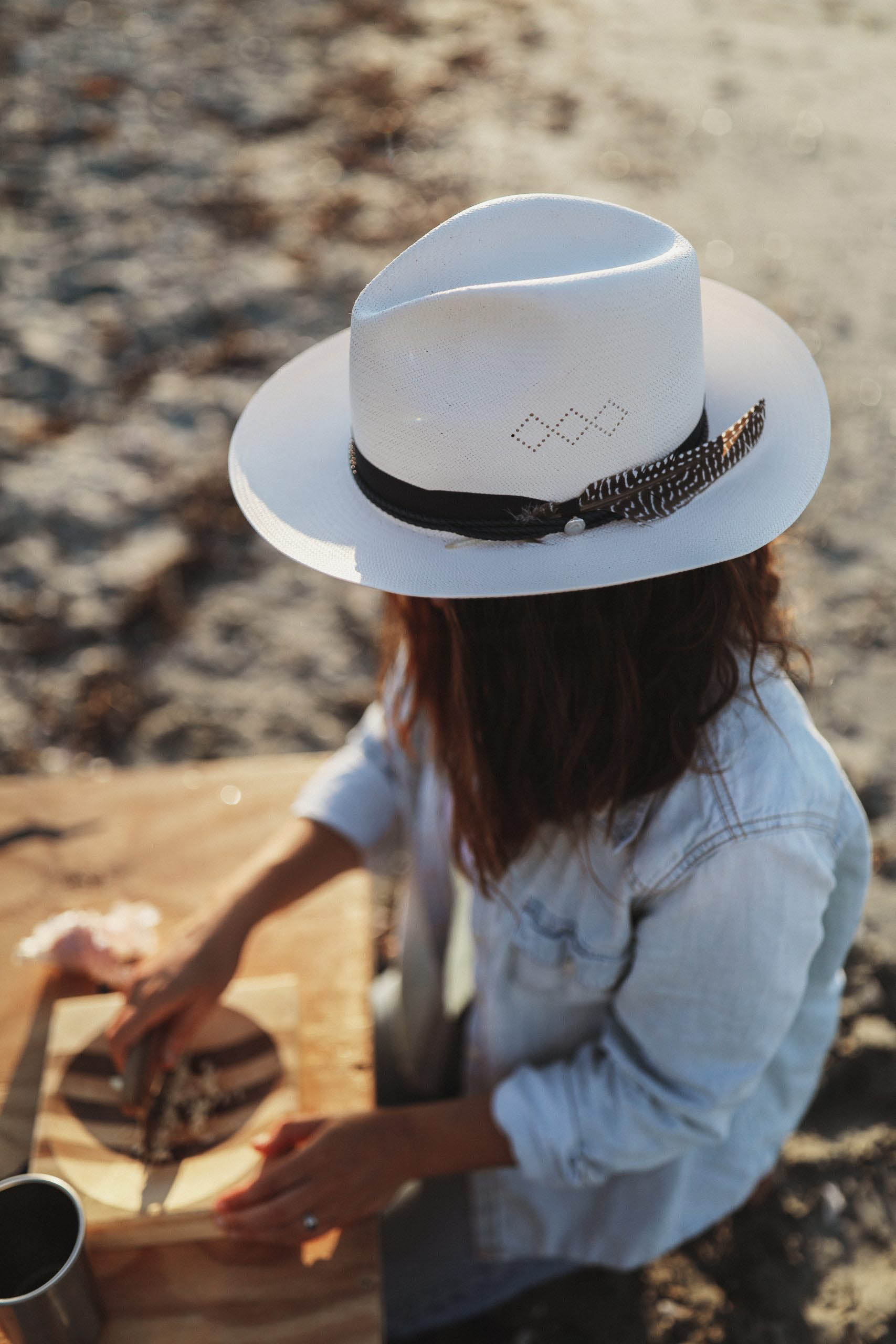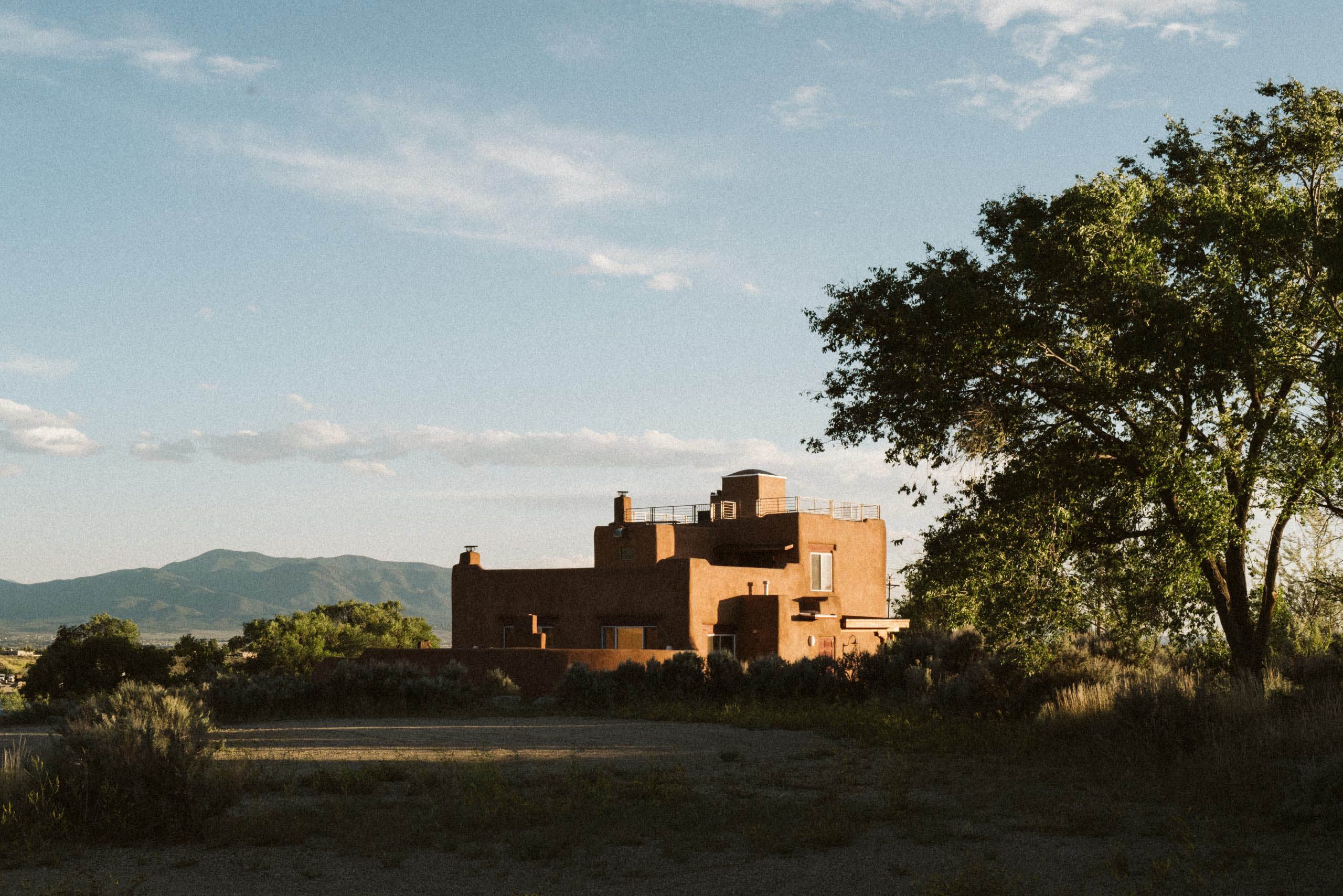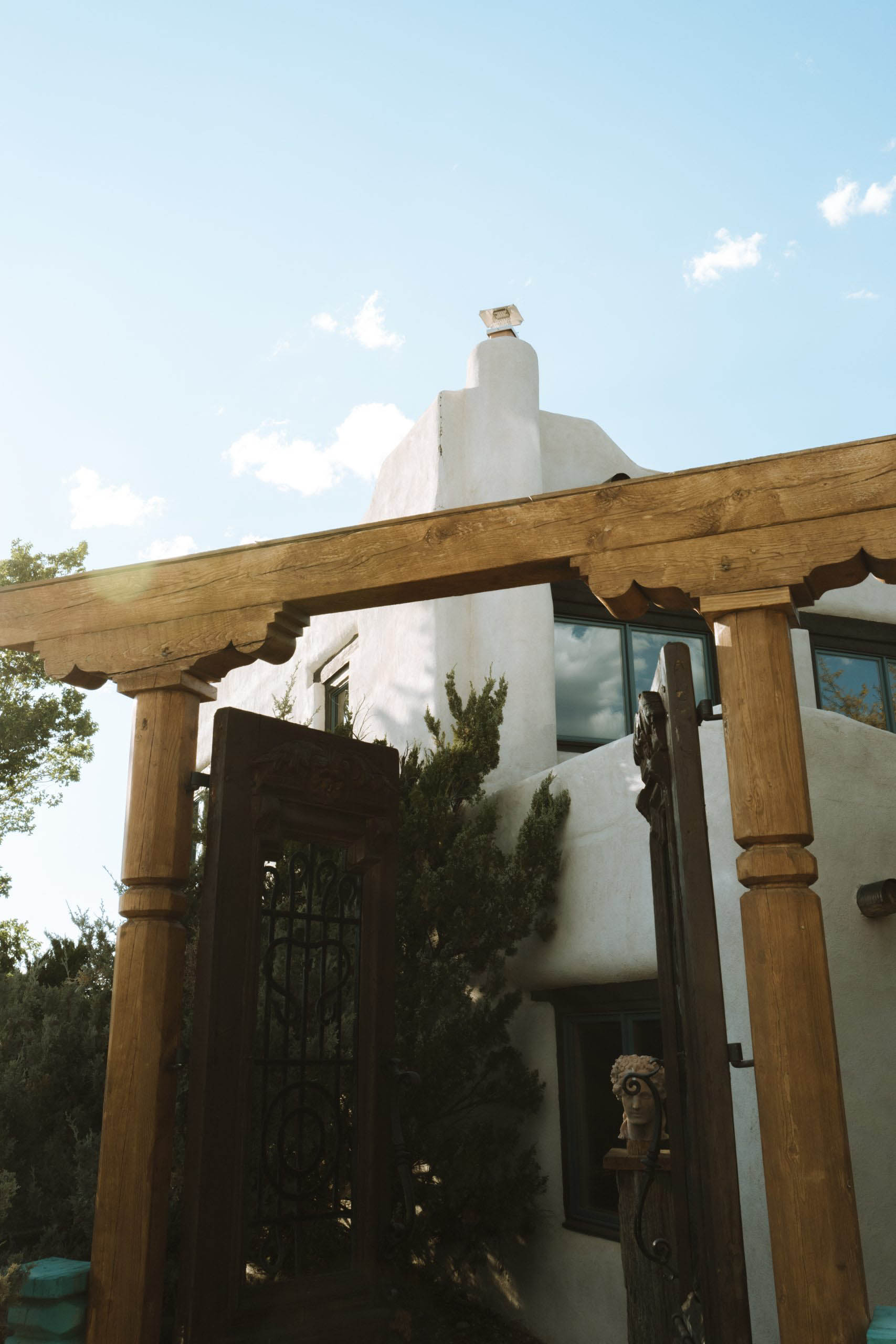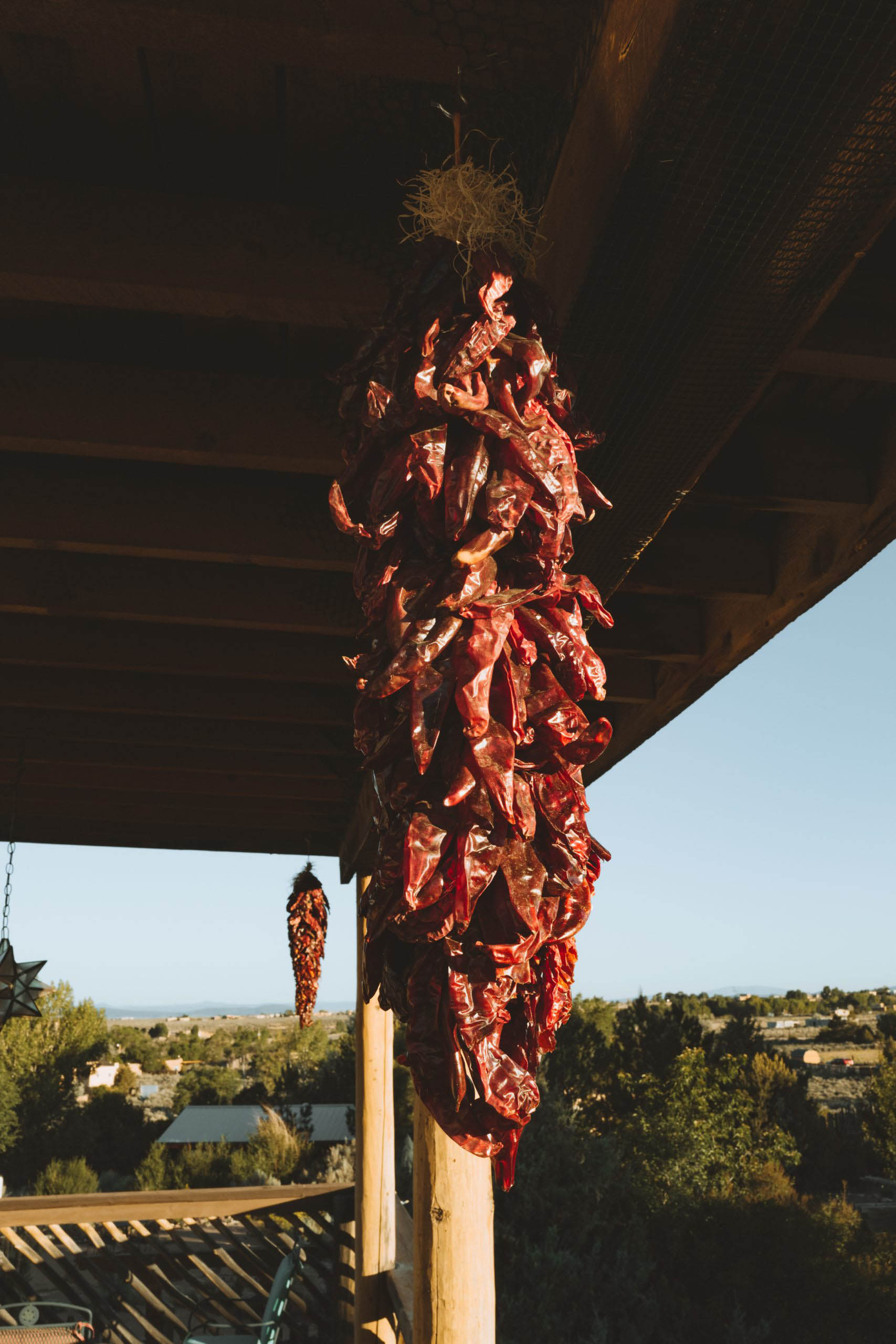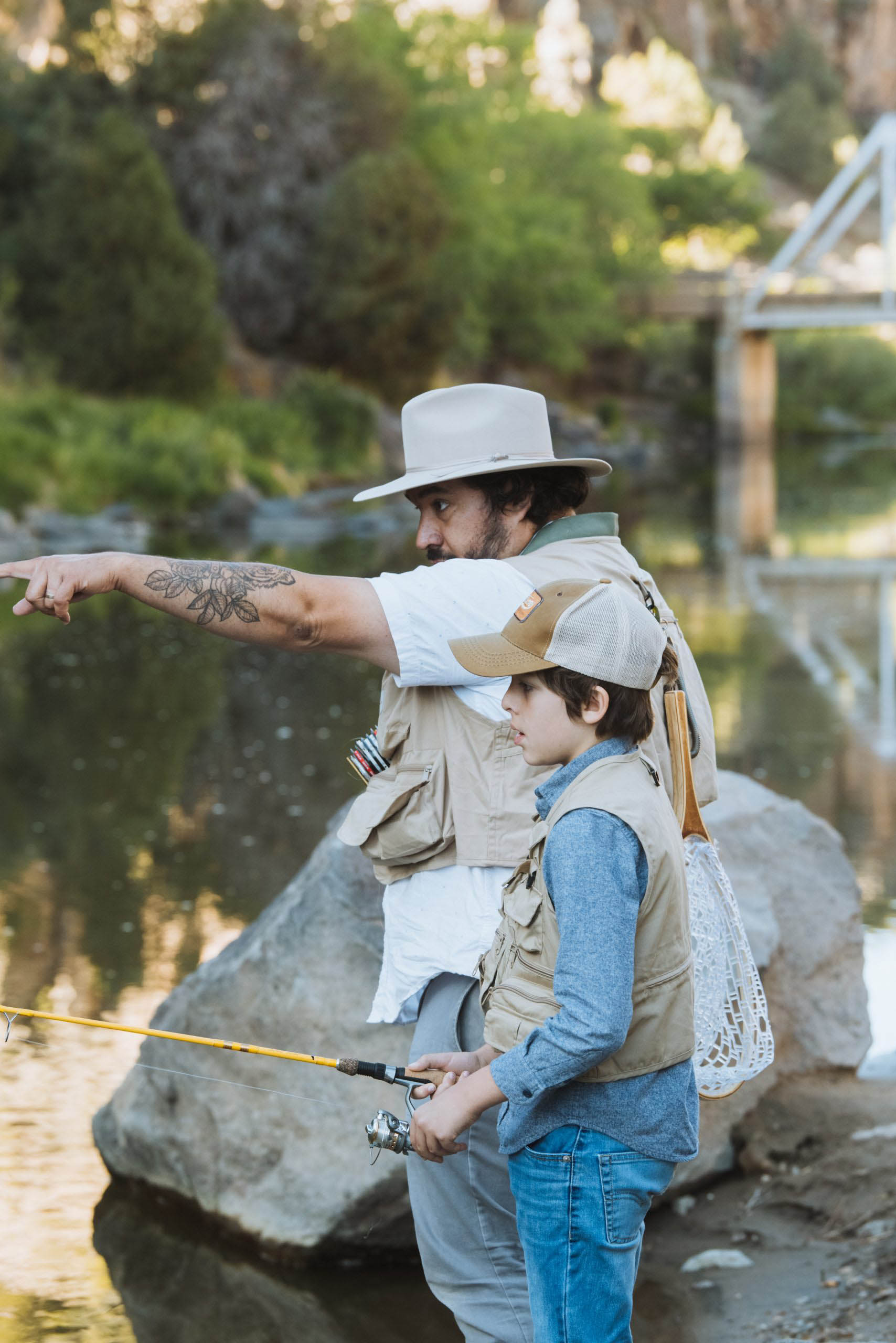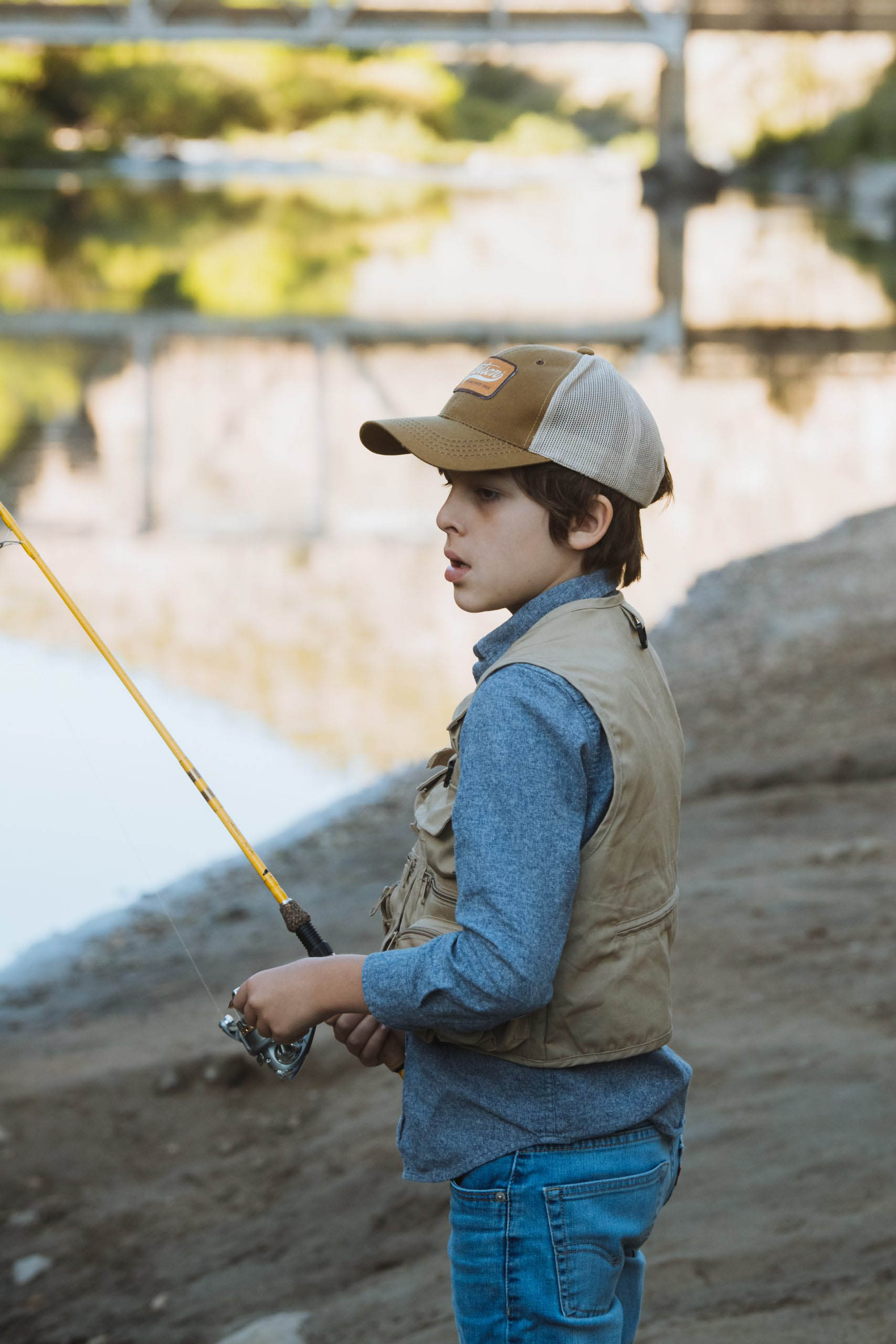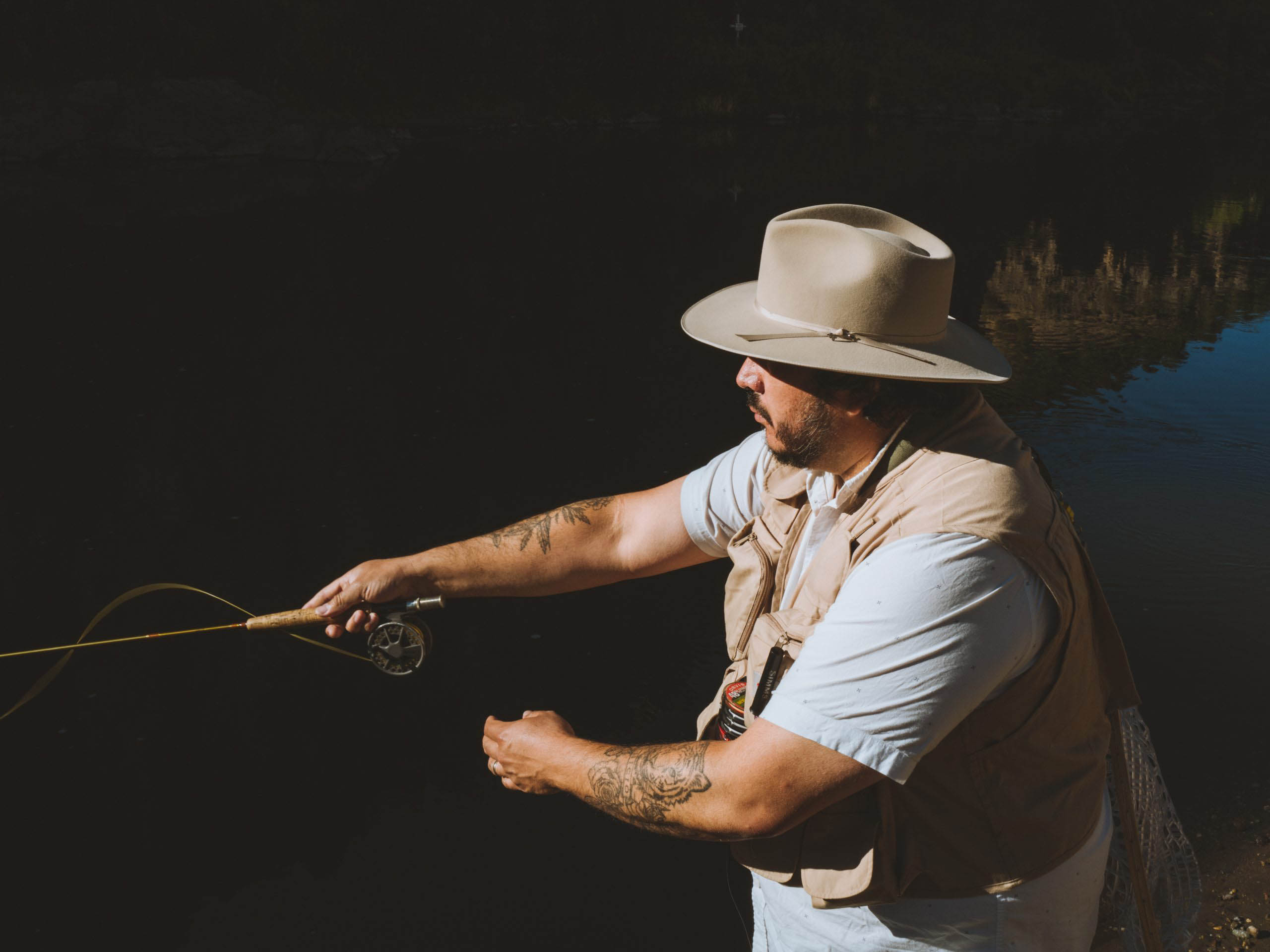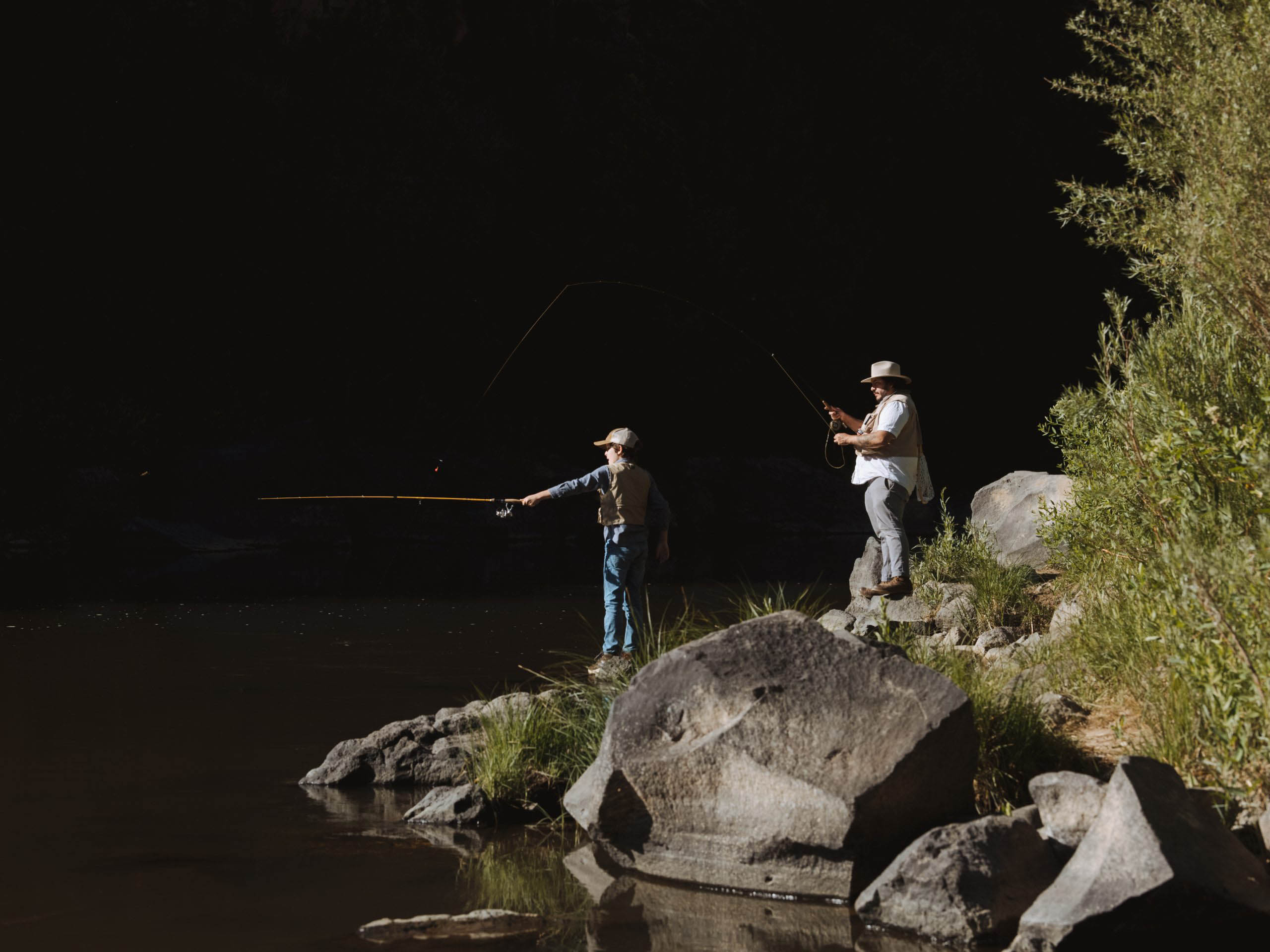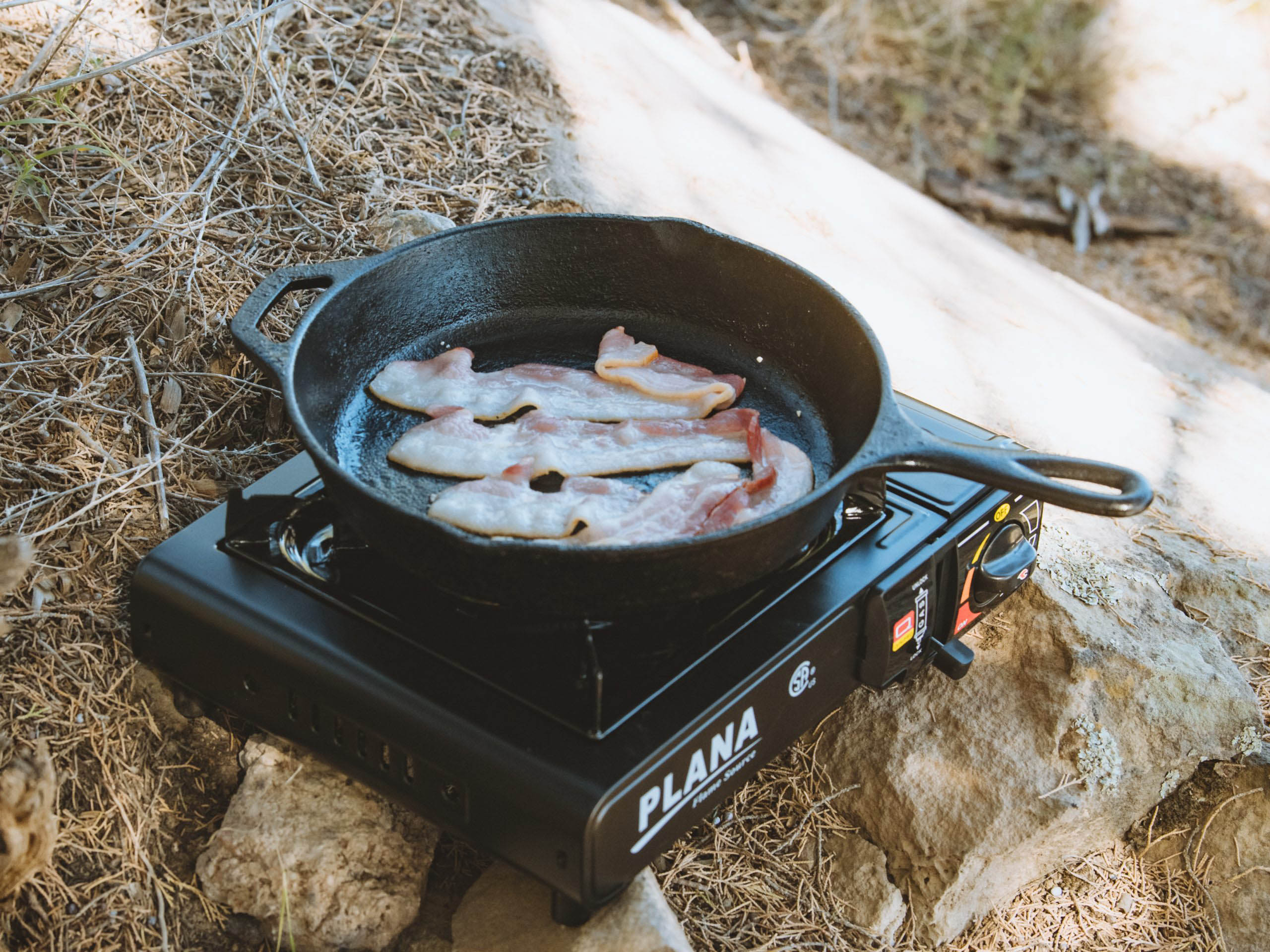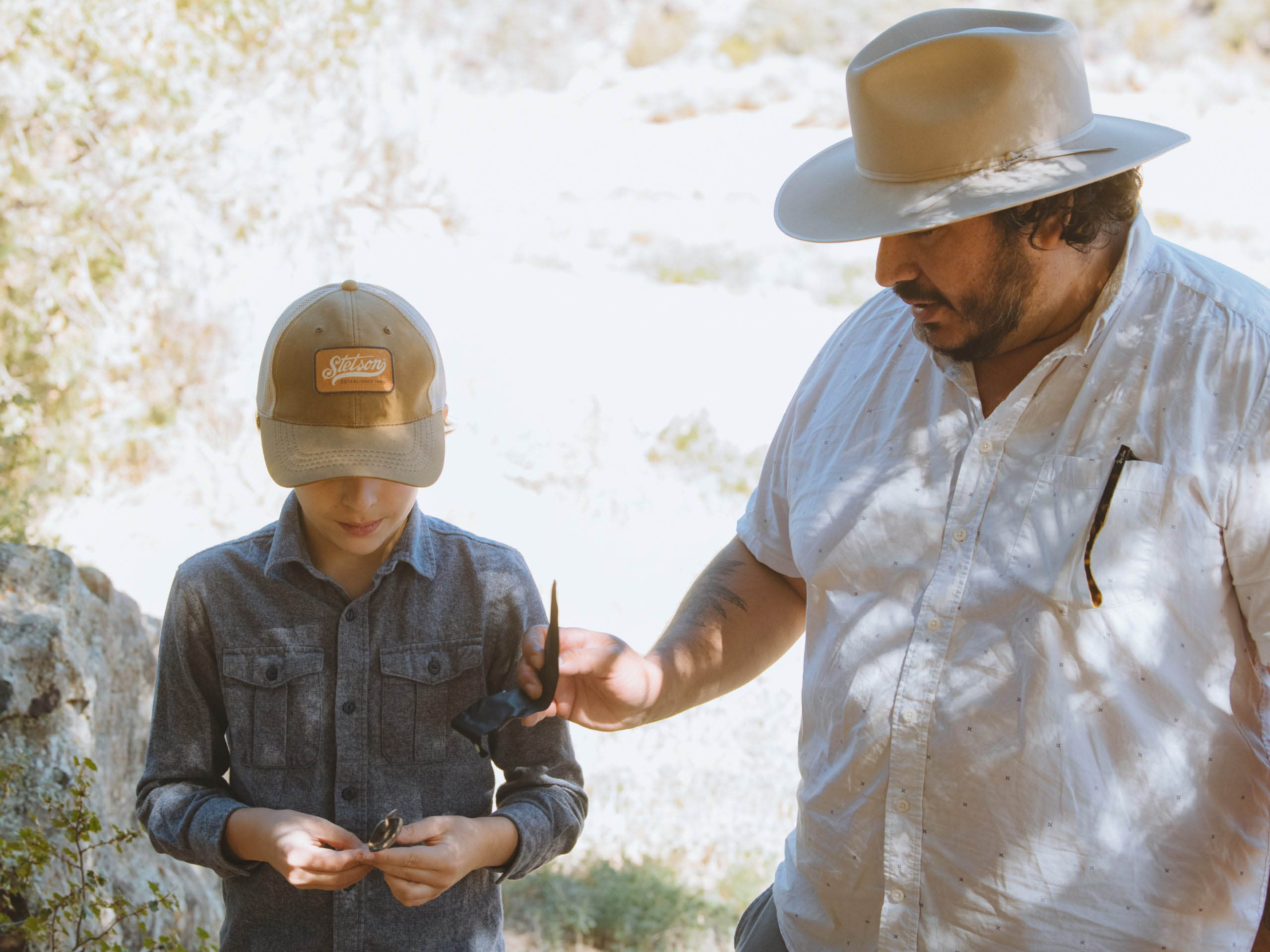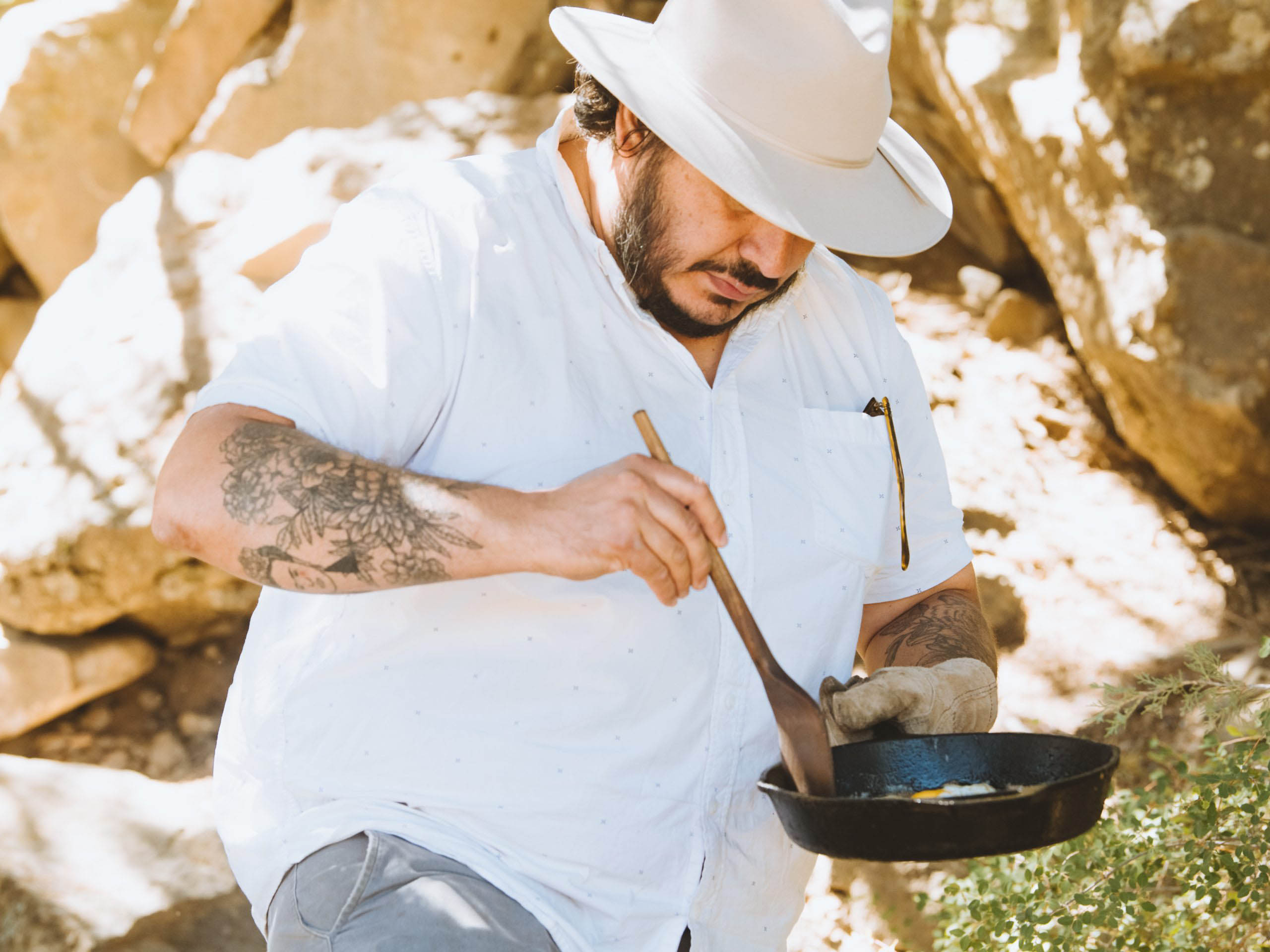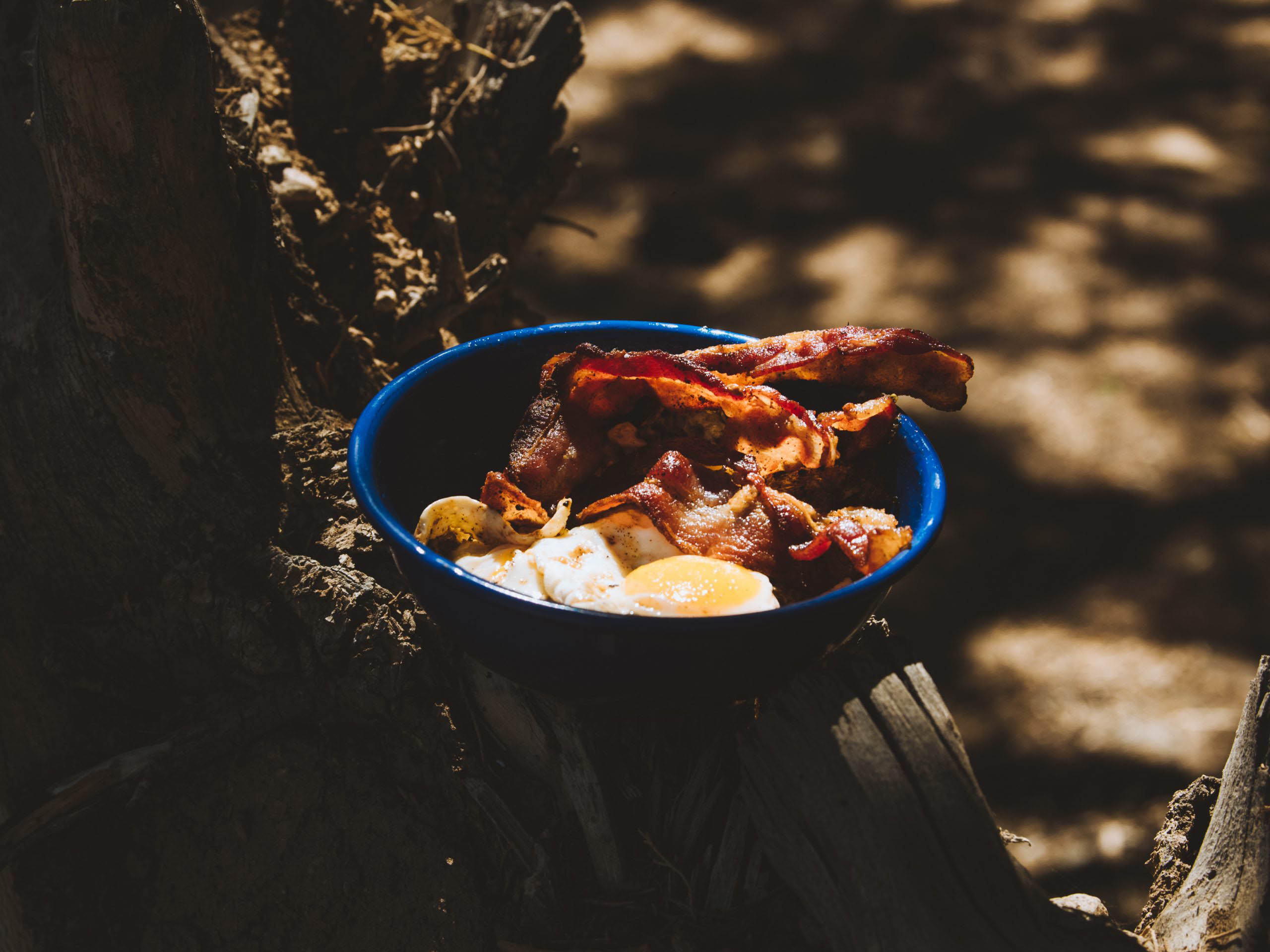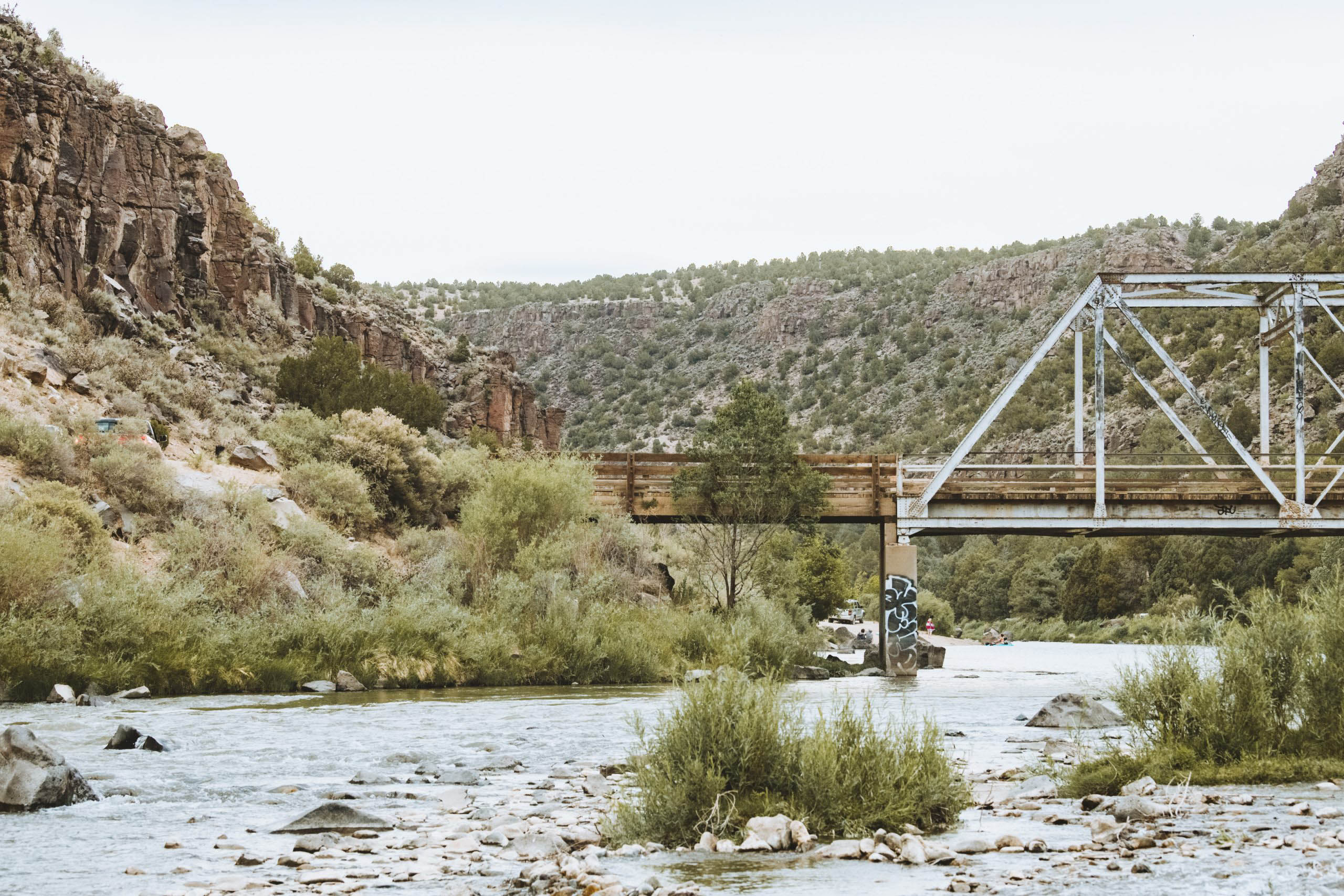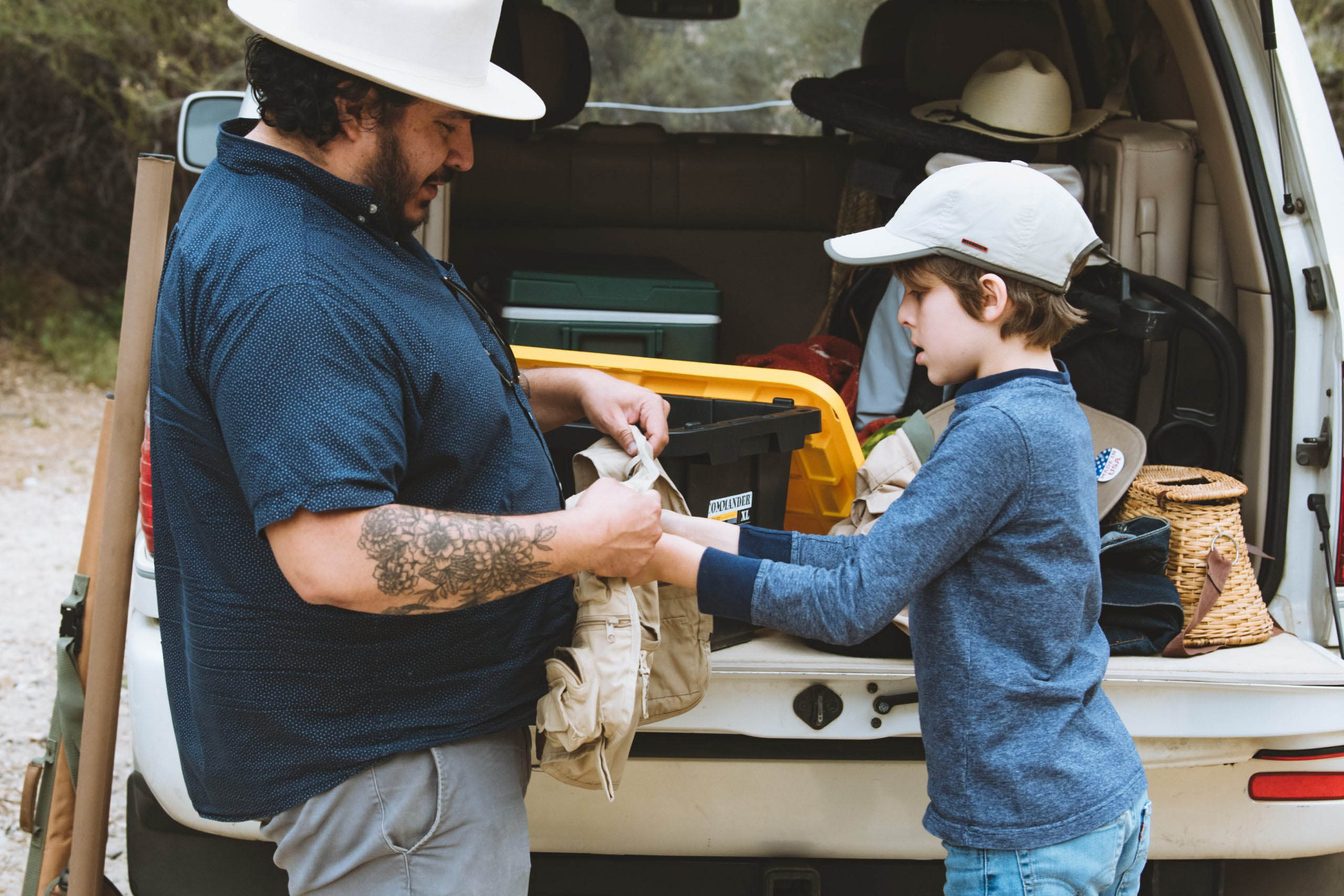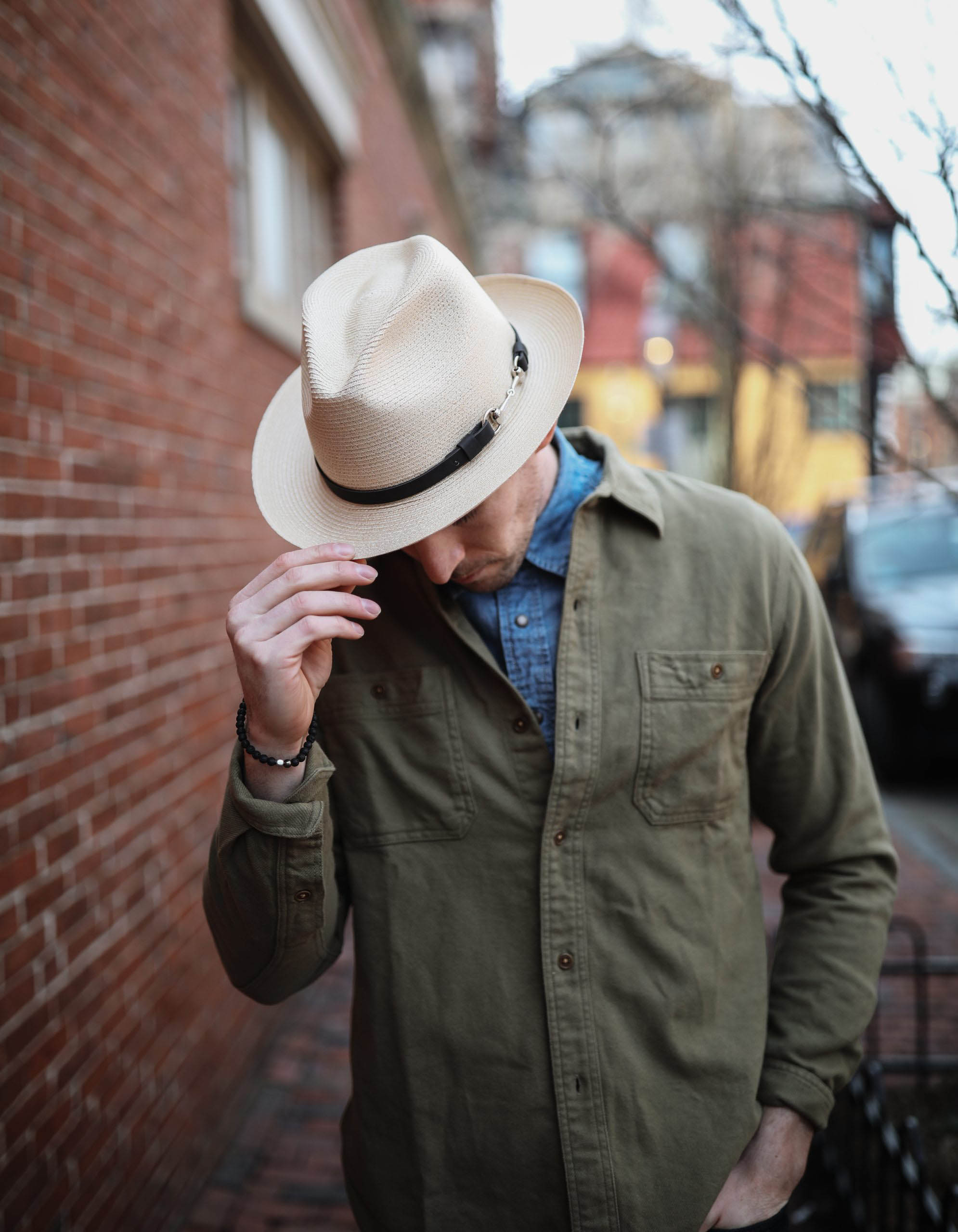Profile of Emilé Zynobia
Profile of Emilé Zynobia
Emilé Zynobia wasn’t born out West but she found herself out in Wyoming. She recounts her journey of diversity in the West and becoming a cowgirl like no other.
Photography by Sofia Jaramillo. Words by Emilé
I wasn’t born in the West but living out here is the closest I’ve come to finding myself. Open country, open range feels as earnest a drive in me as lungs expanding towards air. So, it never bothered me too much that I didn’t look much like my counterparts in Wyoming. You don’t exactly choose this place for the abundance of people.

“Out in open country atop a horse, I remain a novelty, a bundle of curls loping in the wind, kinky strands reaching for the blue.”
Out here, I learned quick that all that matters is the quality and honesty of your try. And though the characters that make up this land aren’t for everyone, sprinkled among them are some of the most welcoming, self-reliant, and generous beings ever to exist. Truth be told, I’ve always had a soft spot for the gritty kind, those folks carved out of rough country.
I was a quiet plump thirteen when my grandparents dropped me off at Puzzleface Ranch to learn to ride. There I first met Terry Judd sitting in the shade alongside her dad. Her, a searing force of a woman with a laugh that could crack open the sky. Her father, a cheeky old man in a Canadian tuxedo with rolled sleeves revealing tattoos sun withered and wavering. Behind them, the wall of the original tack room nailed to its squared logs and aged chinking, a hodgepodge of sun-kissed and gnarled cowboy boots.
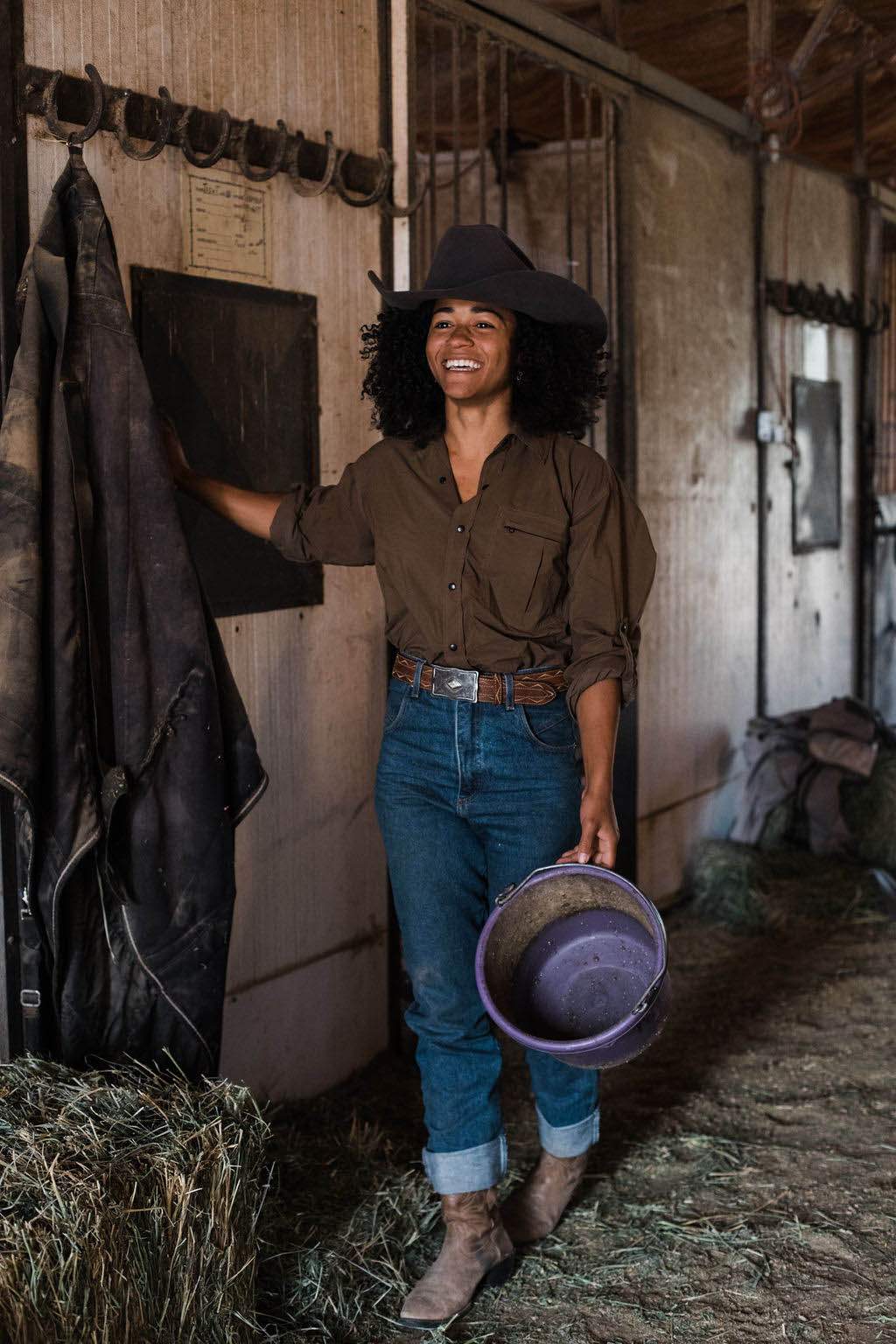
With the warmth and unflinching force of a chinook wind, she asked “What size are you?” A question that now feels to gather and answer so much more than the simple numeric dimension of a boot.
Shyly I reply, “8.”
“You’re gonna need to speak louder than that.”
She shot back without pause.
Terry’s presence is reminiscent of the heeler that lives in her shadow. Small in stature, yet deceptively strong and quicker than quick. I like to think the bumper sticker “well-behaved women rarely make history” was made for her. The kind of complicated and resilient human romantically opined about in your favorite western. I credit her with busting my ass and teaching me manners. Even more important, she taught me to relax and let go.
I’d spent most of my life bumping around inner cities, so imagine my surprise at seeing mountains let alone straddling a 1,000 lb animal. For a kid who lacked any and all control, being able to wield it and rein it meant everything.
I returned every summer obsessed, eventually progressing from student to teacher. And when my head got too big, Terry set me straight on bareback. Long days working at that ranch taught me lessons and qualities of character I never encountered in school. As I’ve aged, I can’t say those same elements of confidence, discipline, and conviction are always readily with me; still, I know the feel of it, the foundation always remains.
“Stories are lifeblood, it is what the west trades in, the exchange of oral currency makes our ties to place more complete. This is why the West looms large and romantic in the minds of many, but what when the common conception doesn’t include you? That is not to say I don’t enjoy what sets me apart, but rather at times I question if this heritage is rightfully mine to claim.”
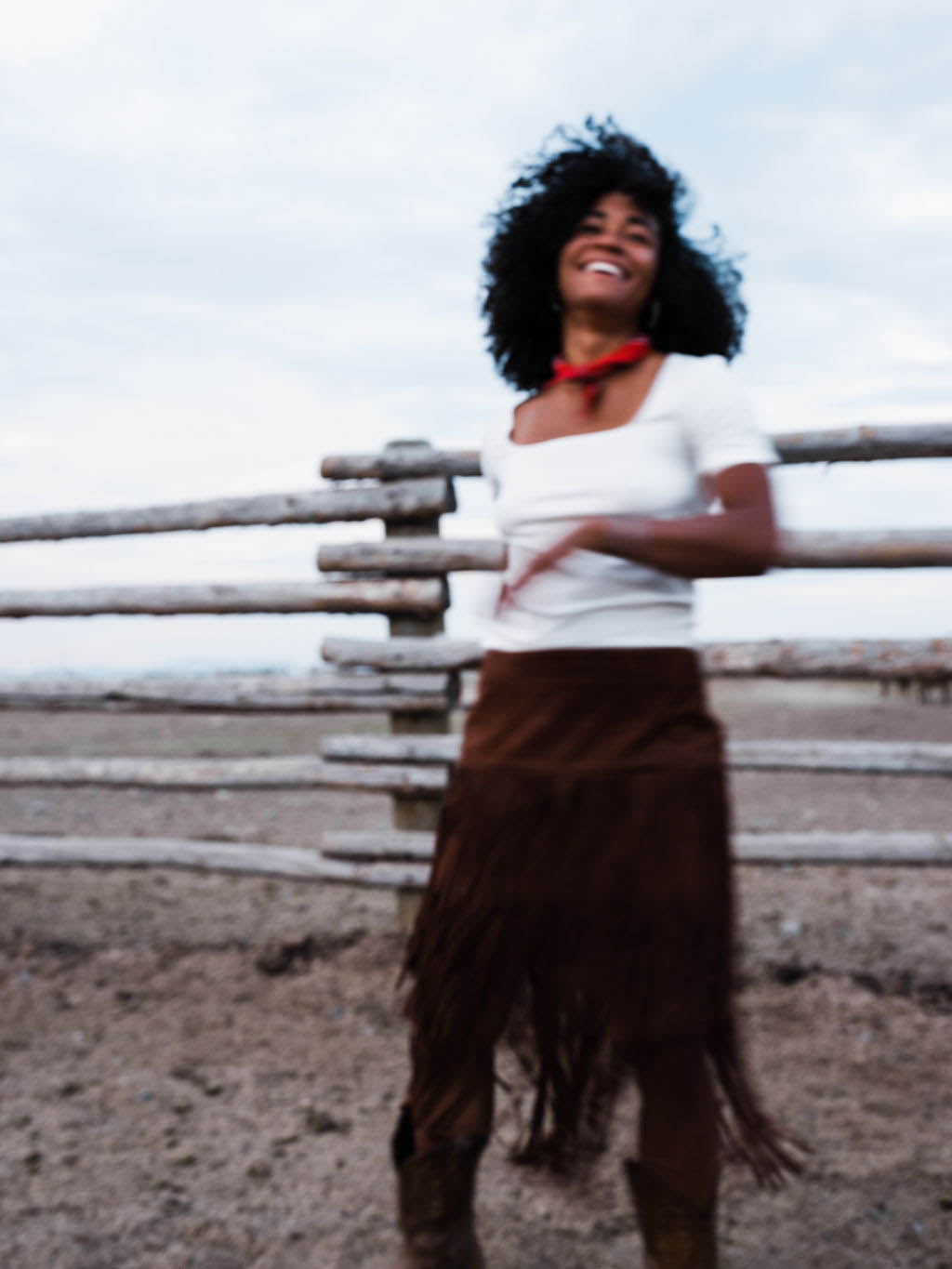
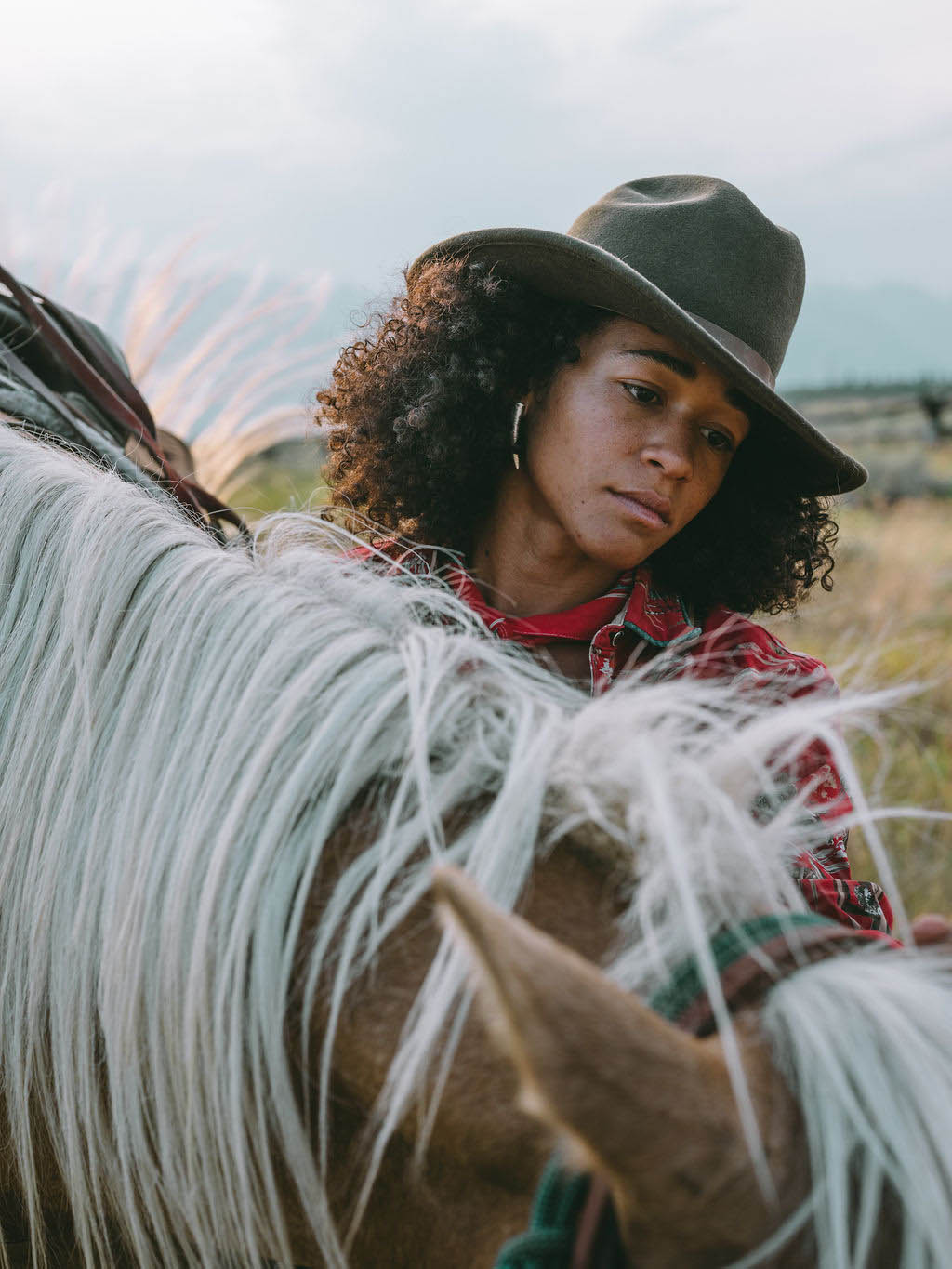
Then this sort of bittersweet ripple in time appears, and you begin to take note of the emerging stories that paint a different notion of the old West and new West, one where black and brown women, cowboys, range riders, and vaqueros were formative to the successes made out of this rough country.
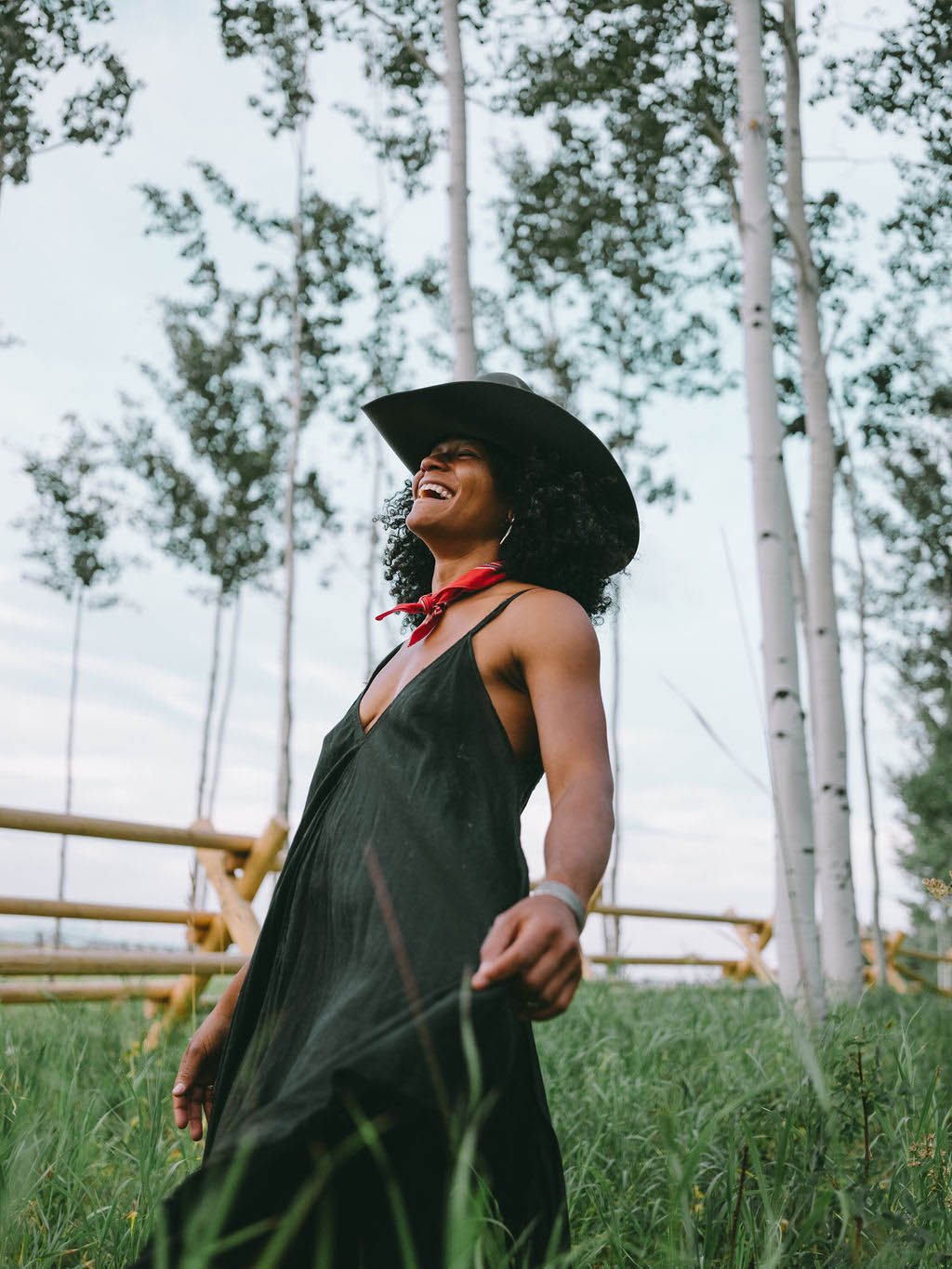
Women like Johanna July, a famous black Seminole horsebreaker, or “Stagecoach Mary,” a black female star route mail carrier. Or more contemporary stories like that of Larry Callies of the Black cowboy museum, the Compton Cowboys in L.A, Cowgirls of Color, or the first black rodeo queen in Arkansas Ja’Dayia Kursh. And you realize just like any other person who found themselves in this world; you come by your love of the lifestyle and the freedom you find upon a horse honestly.



